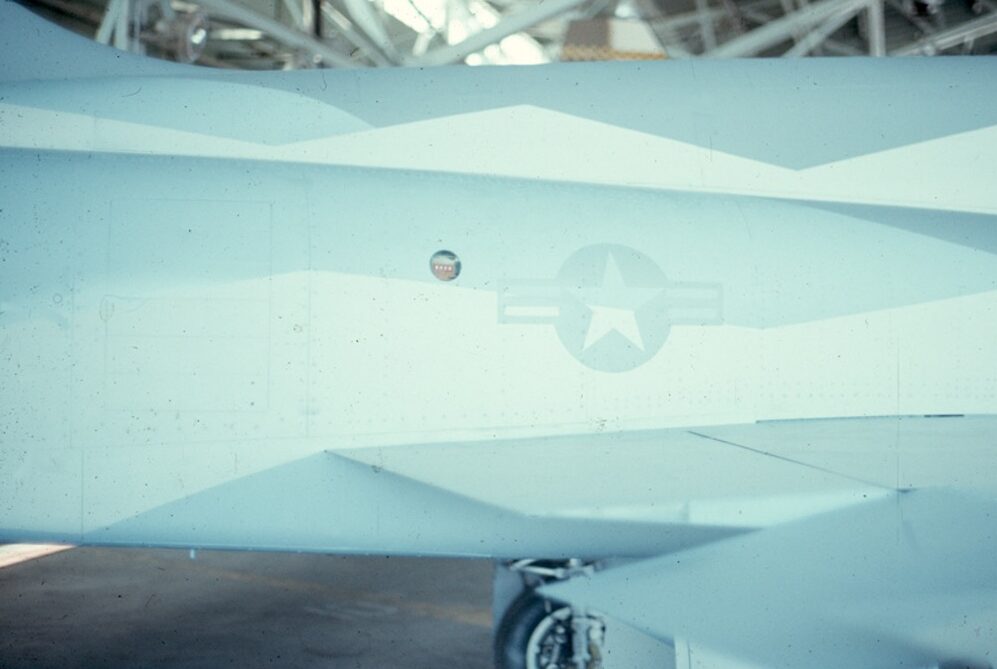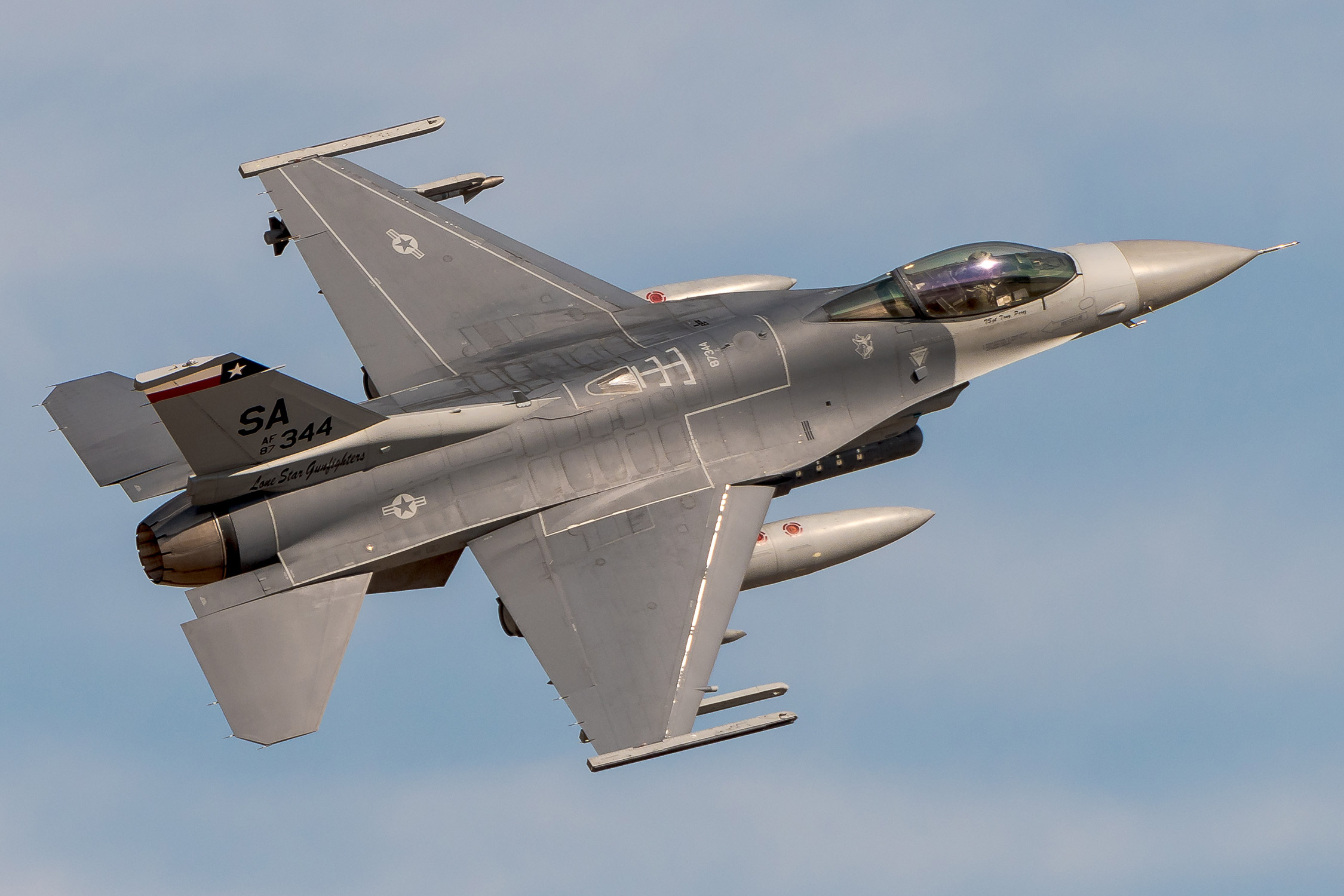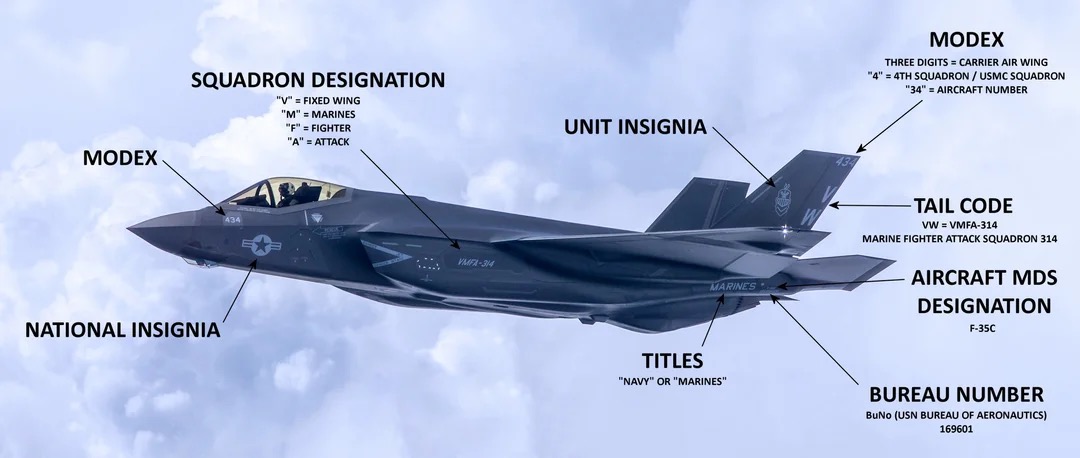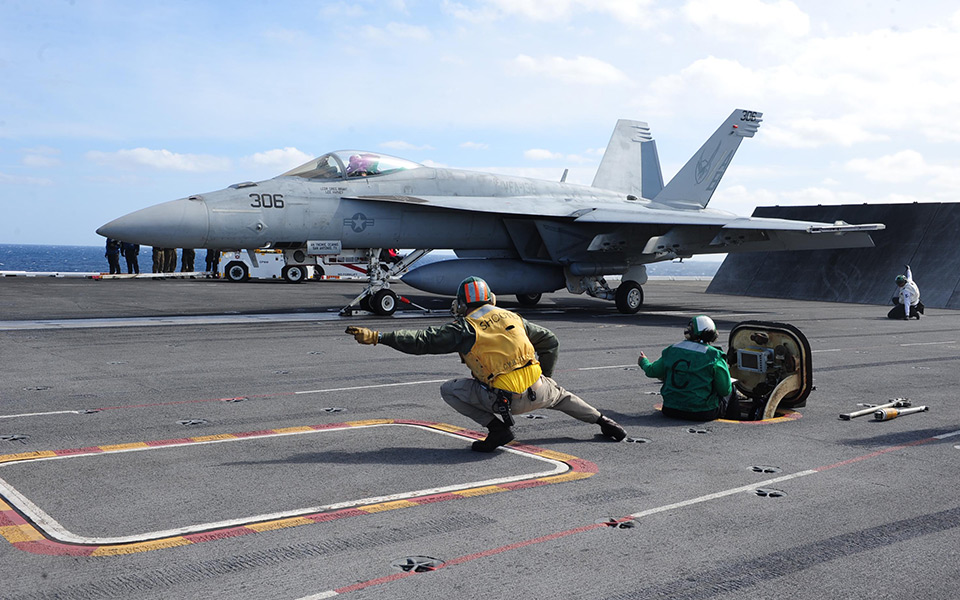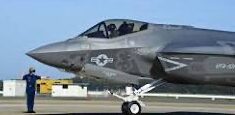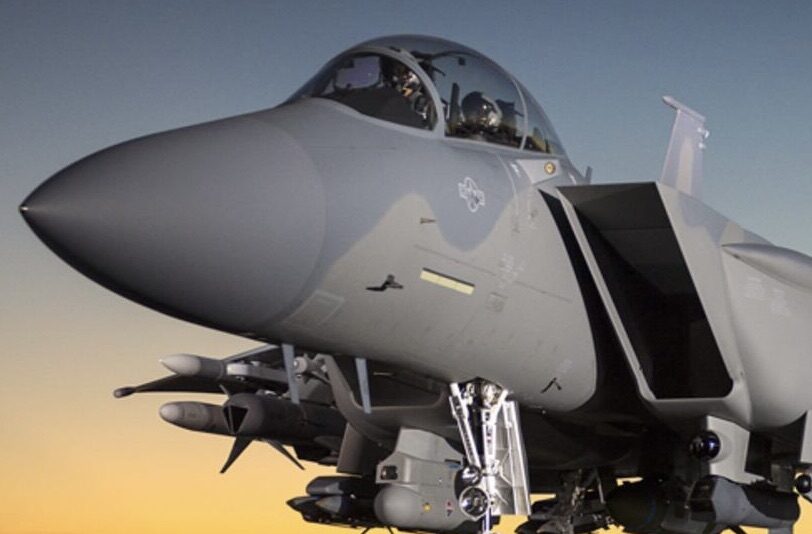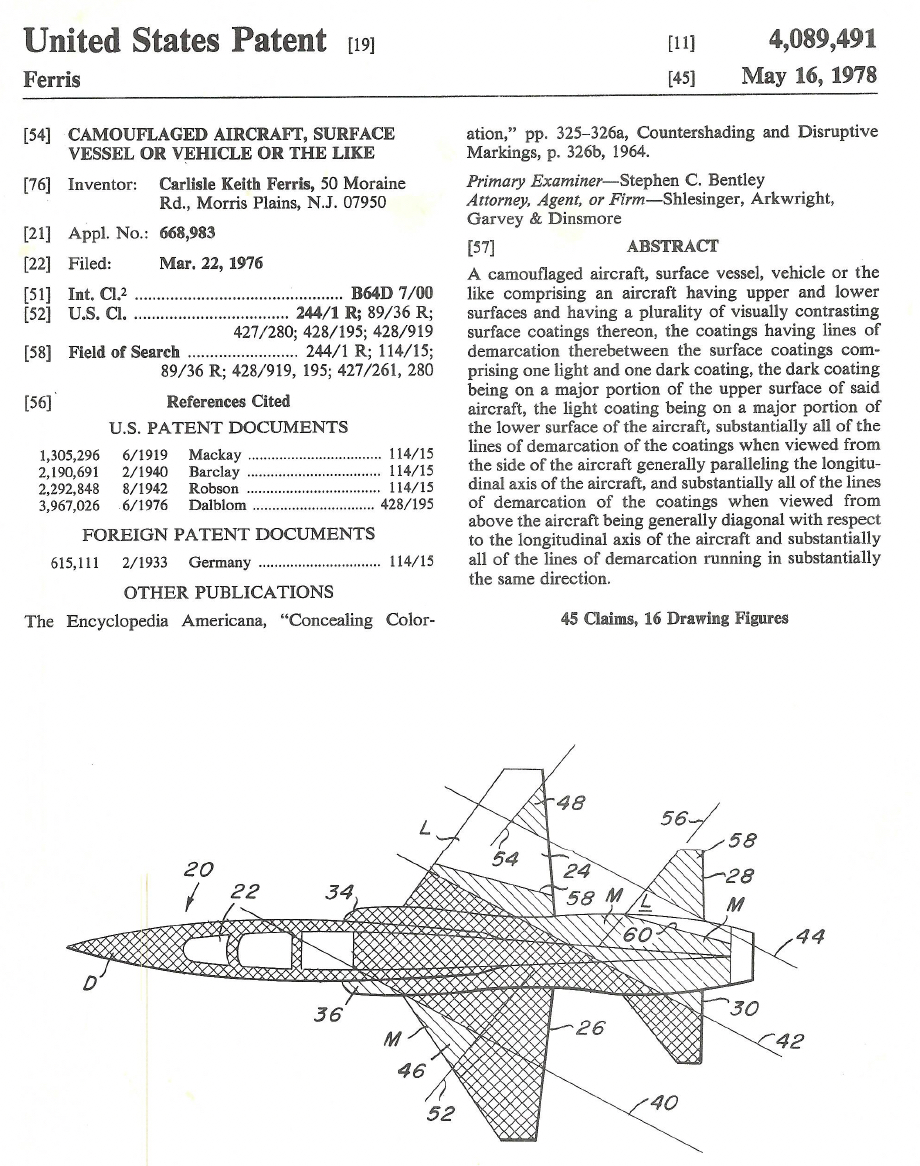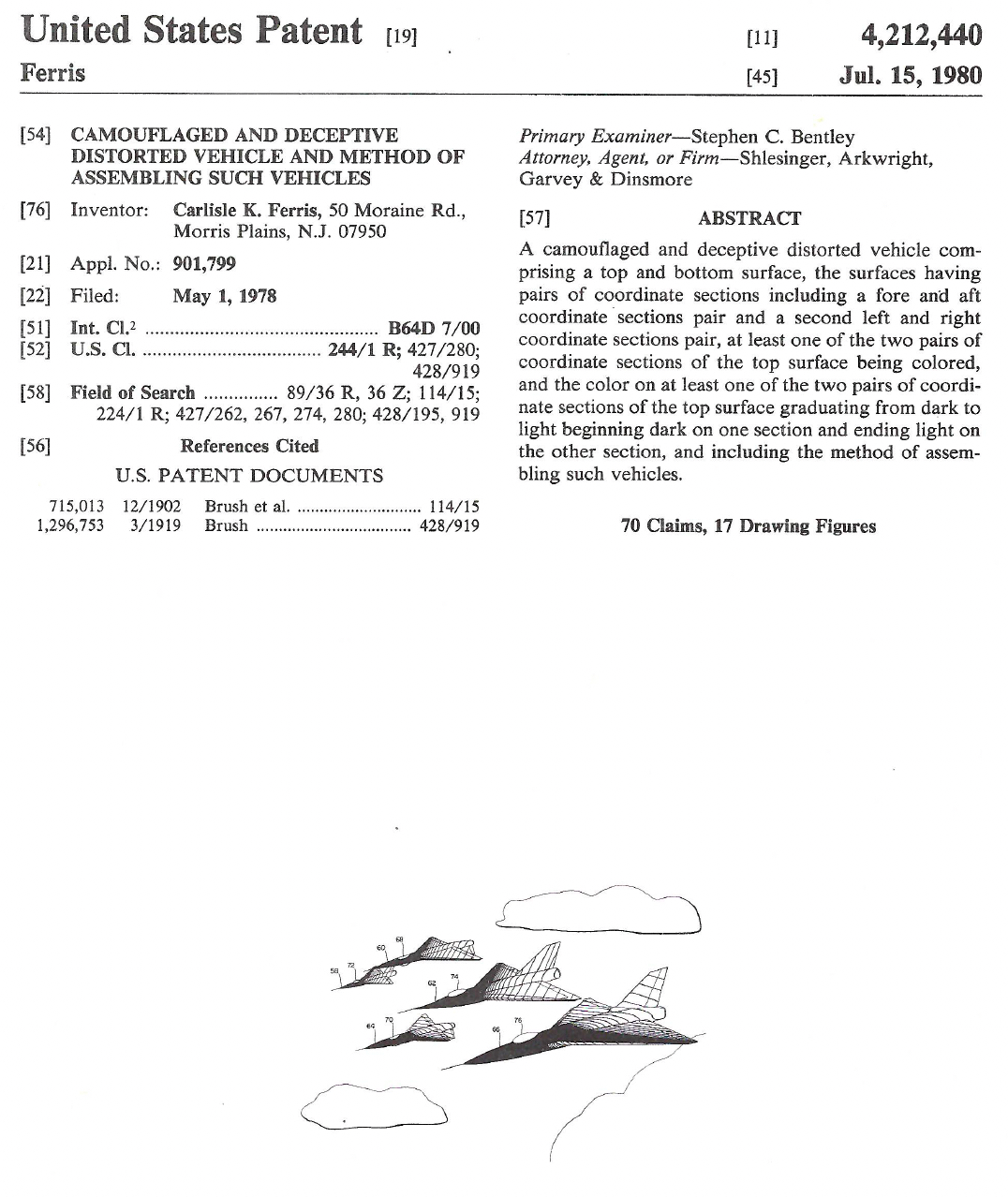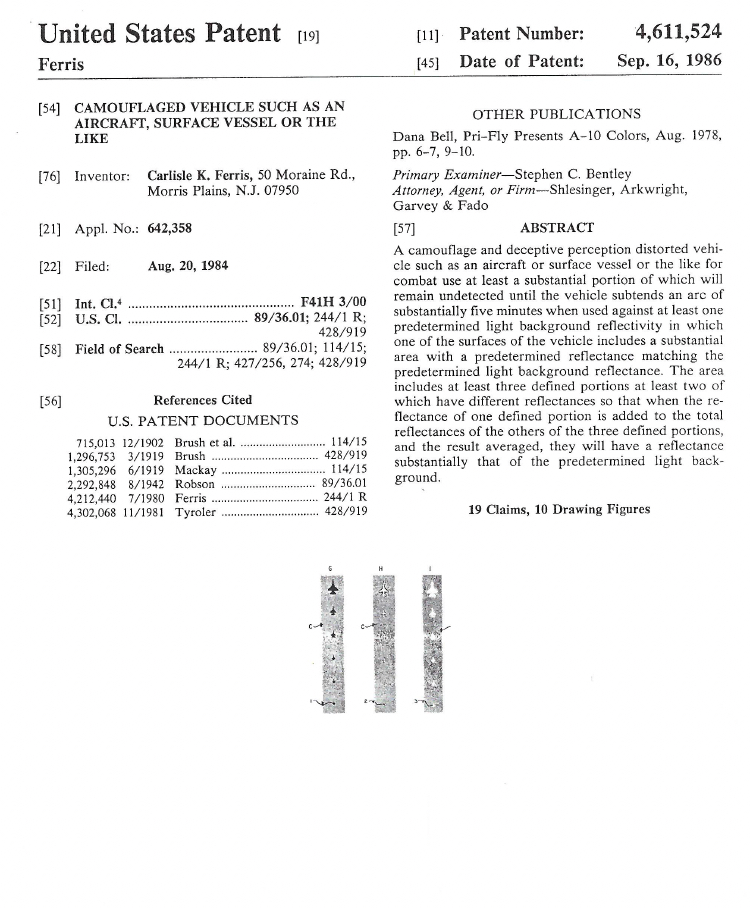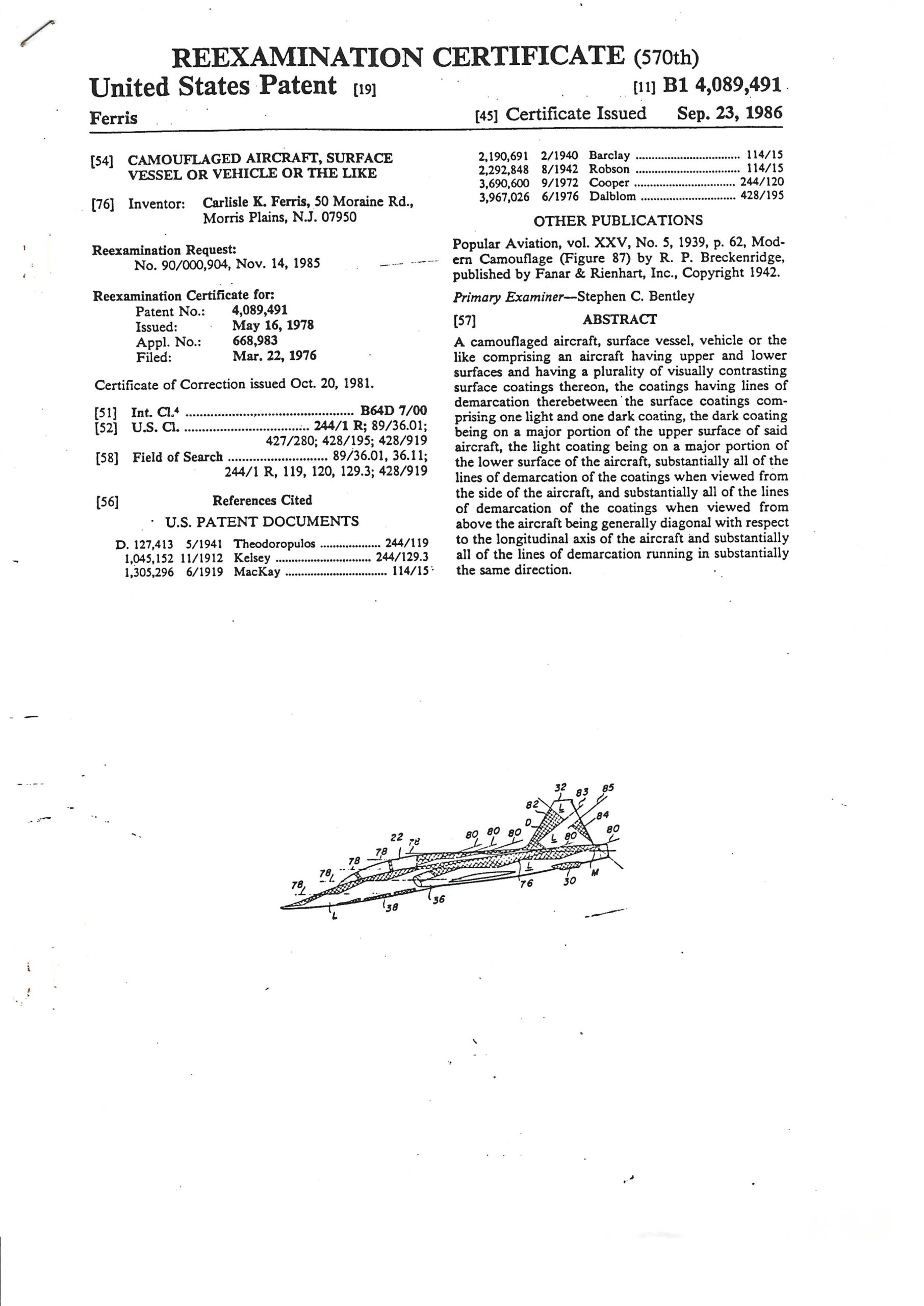Throughout his legendary career, Keith Ferris has demonstrated his artistic talents, skills, and his abilities to develop several patented camouflage paint schemes to give our Fighter Pilots the edge in visual Air to Air Combat engagements.
The Keith Ferris Camouflage Paint System, an innovative and experimental deceptive paint scheme developed by Keith Ferris, a renowned aviation artist and camouflage designer in the late 1970s after his return from deployment with the first F-4E squadron sent to SEA. While flying over the Pacific one could easily identify the green and brown painted F-4s so he wondered why we were sending the new F-4e a machine gun mounted aircraft to fly Air to Air combat missions against well trained MiG pilots with aircraft painted like they were flying close to the ground or parked in the jungle. Thus, Keith’s painting “Bad News for Uncle Ho”.
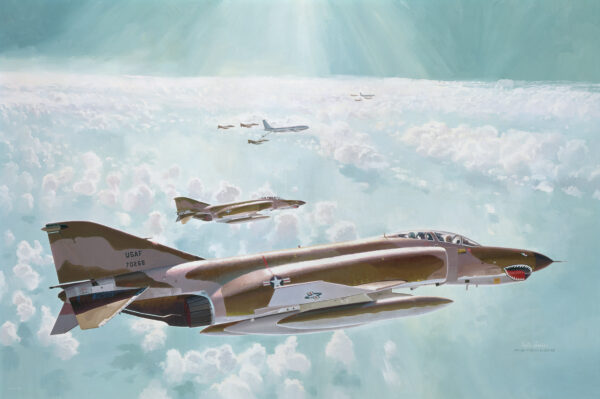
He was determined to develop a paint system that could be flown at any altitude, under any conditions, on any mission while deceiving the eye of the opponents, giving our Fighter Pilots the edge in visual Air to Air engagements. This system was specifically applied to a number of U.S. Navy F-14 Tomcat and F-4 Phantom aircraft as part of a test to evaluate its effectiveness in enhancing visual deception during flight. Below is a detailed breakdown of the scheme based on available historical and technical insights:
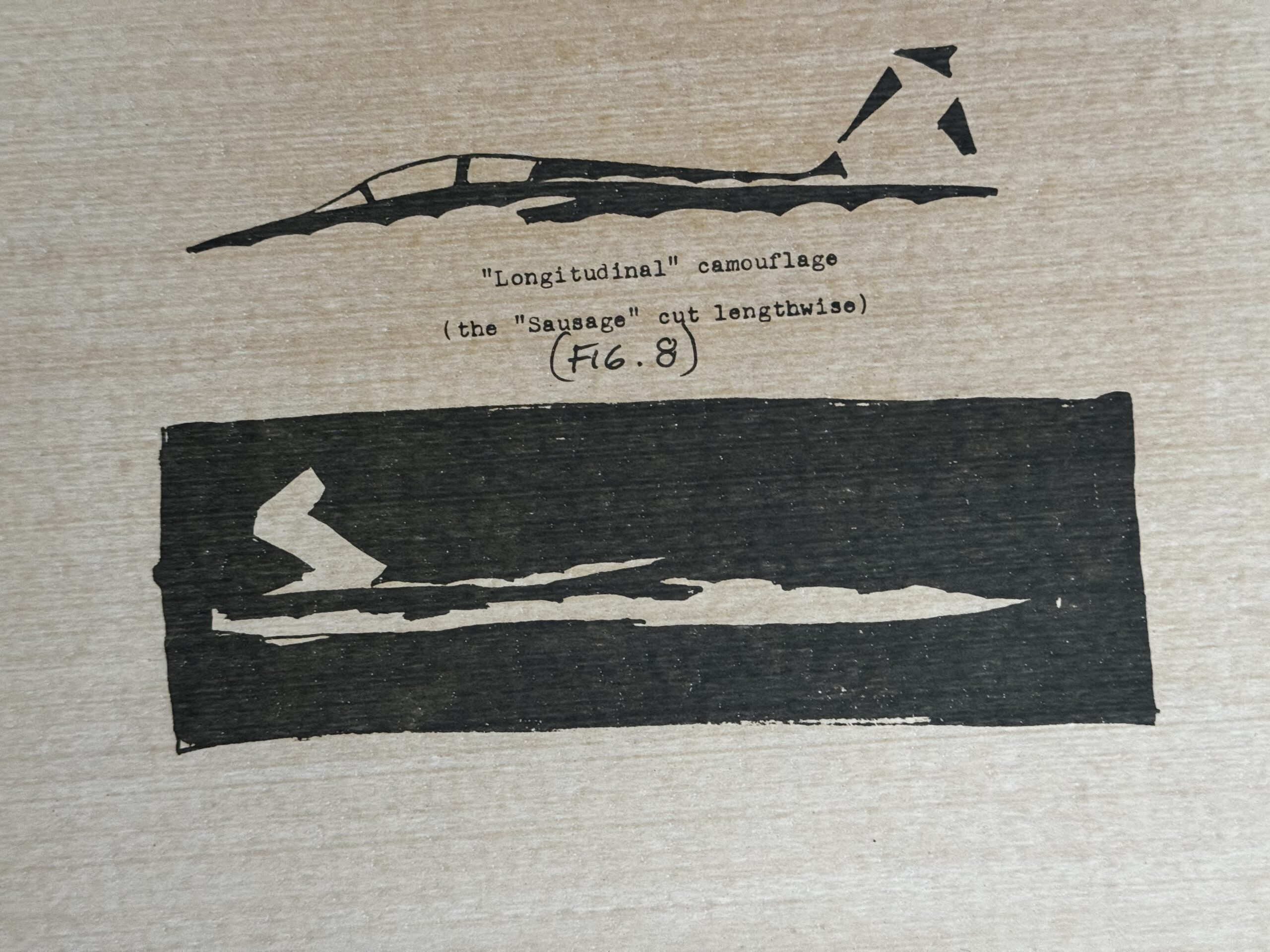
Keith Ferris, known for his work as a renowned Aviation Artist and his deep understanding of aircraft structural design and visibility, he designed this camouflage to confuse enemy observers regarding the aircraft’s orientation, speed, and distance. As an artist who understands color and knows how to trick the eye as this paint scheme leveraged principles of visual distortion, drawing inspiration from earlier deceptive paint patterns like those used in World War I and II, but adapted for the high-speed jet era. The goal was to make it harder for adversaries—whether human pilots or early targeting system to accurately track or engage US aircraft.
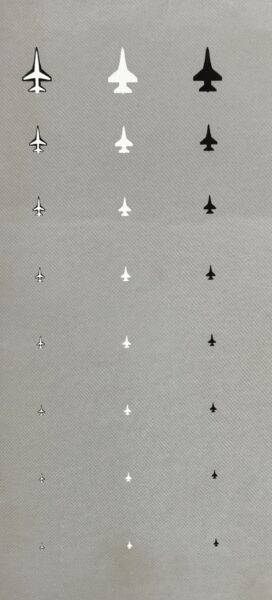
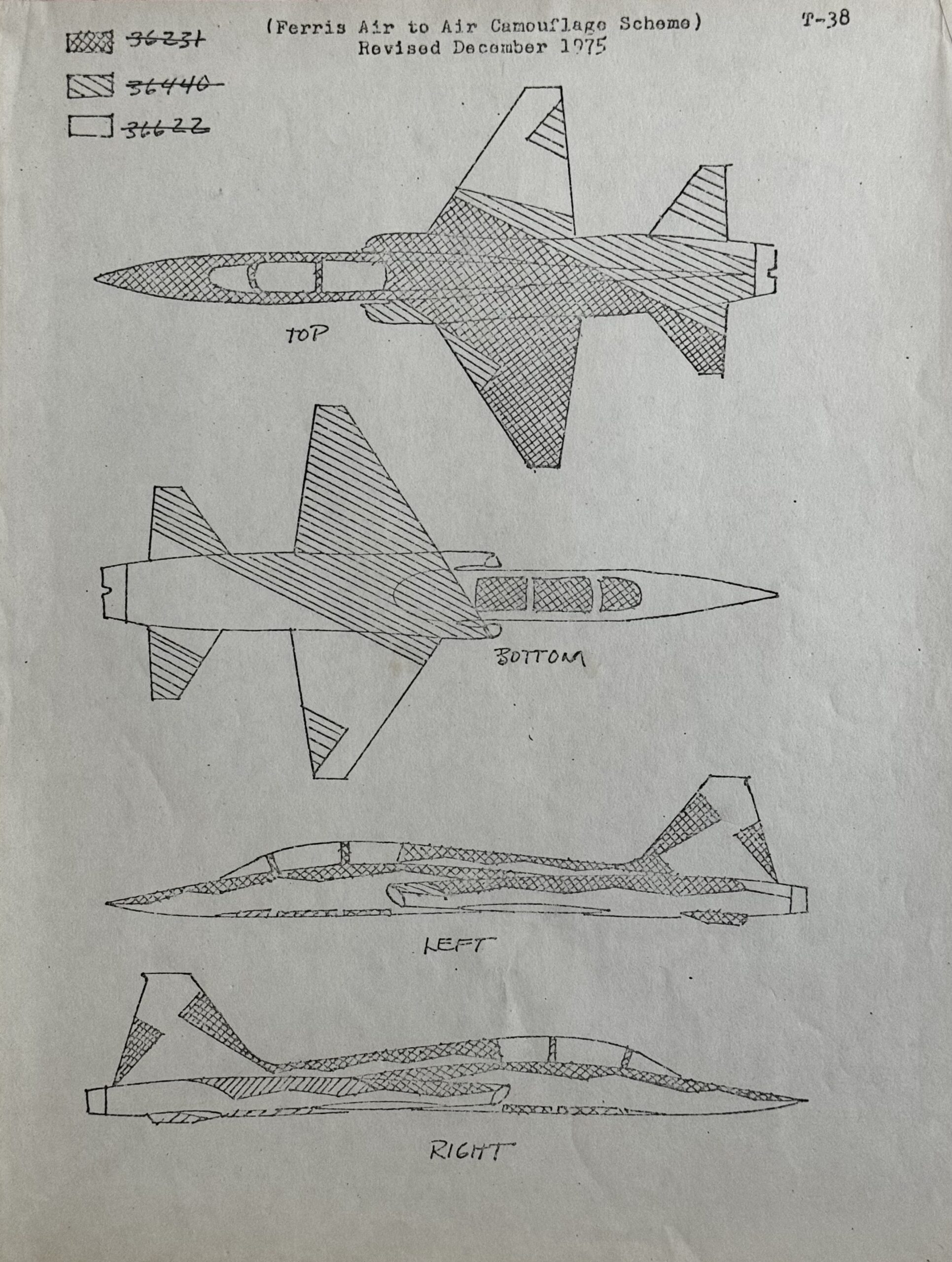




The Keith Ferris camouflage used a three-tone gray palette, carefully selected to blend with various sky conditions and altitudes while creating a disruptive effect:
- Matt Dark Gray (FS 36118): A deep, flat gray for shadowing and contrast.
- Dark Gull Gray (FS 36231): A medium gray tone serving as the base color for much of the aircraft.
- Light Gull Gray (FS 36440): A lighter shade typically used on upper surfaces to mimic sky reflection.
These colors adhered to the Federal Standard 595 color system, commonly used in U.S. military specifications.
This pattern was intended to:
- Break up the aircraft’s outline, making it harder to discern its exact shape, size and direction.
- Create false visual cues about the aircraft’s attitude (e.g., pitch or roll), especially at a distance or during high-speed maneuvers.
- The canopy painted on the belly of the aircraft adds to deceptive enhancements of the aircraft.
- Changing the color of the United States insignia to shades of grey is another enhancement to the deceptive paint system.
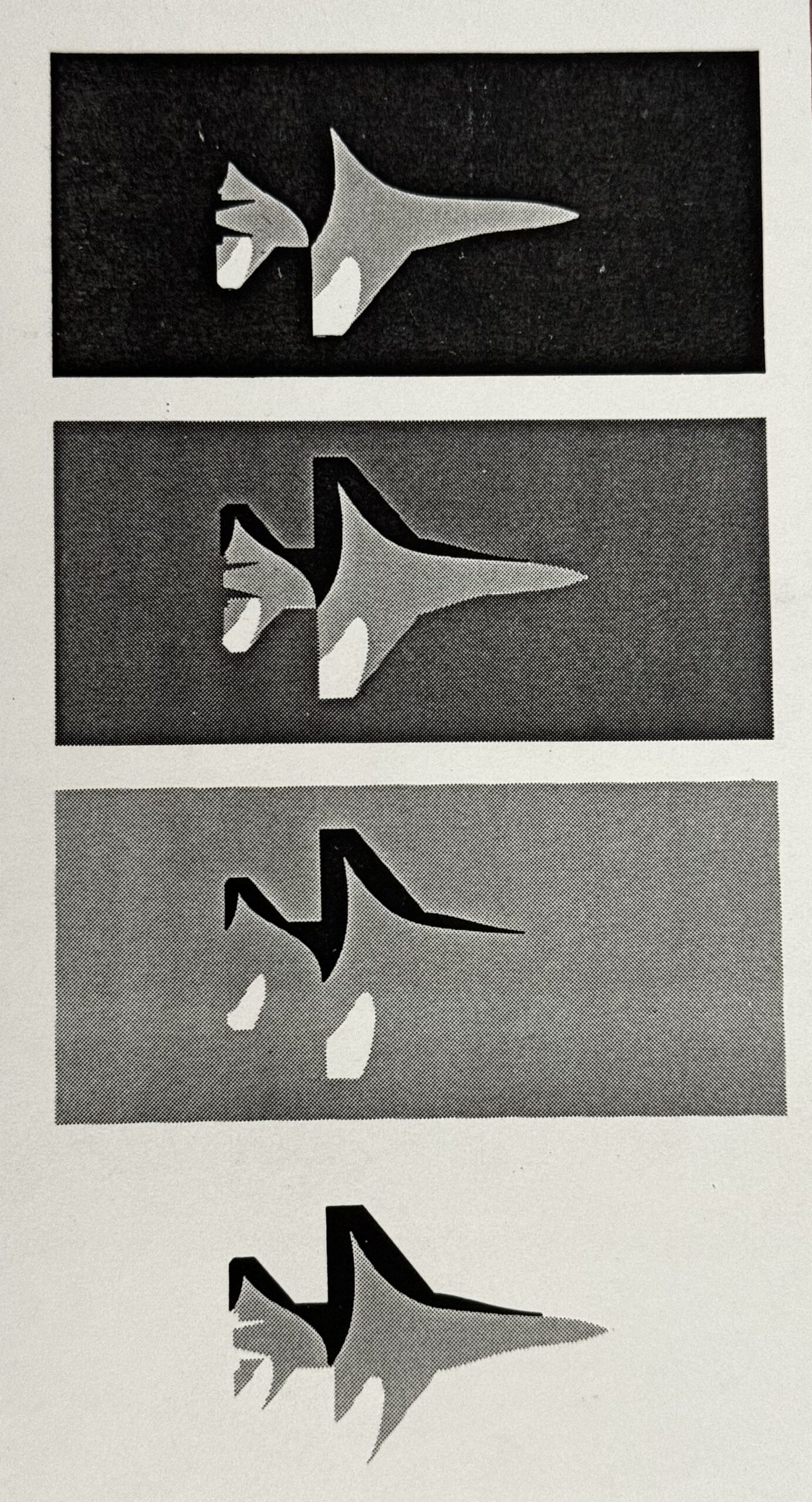
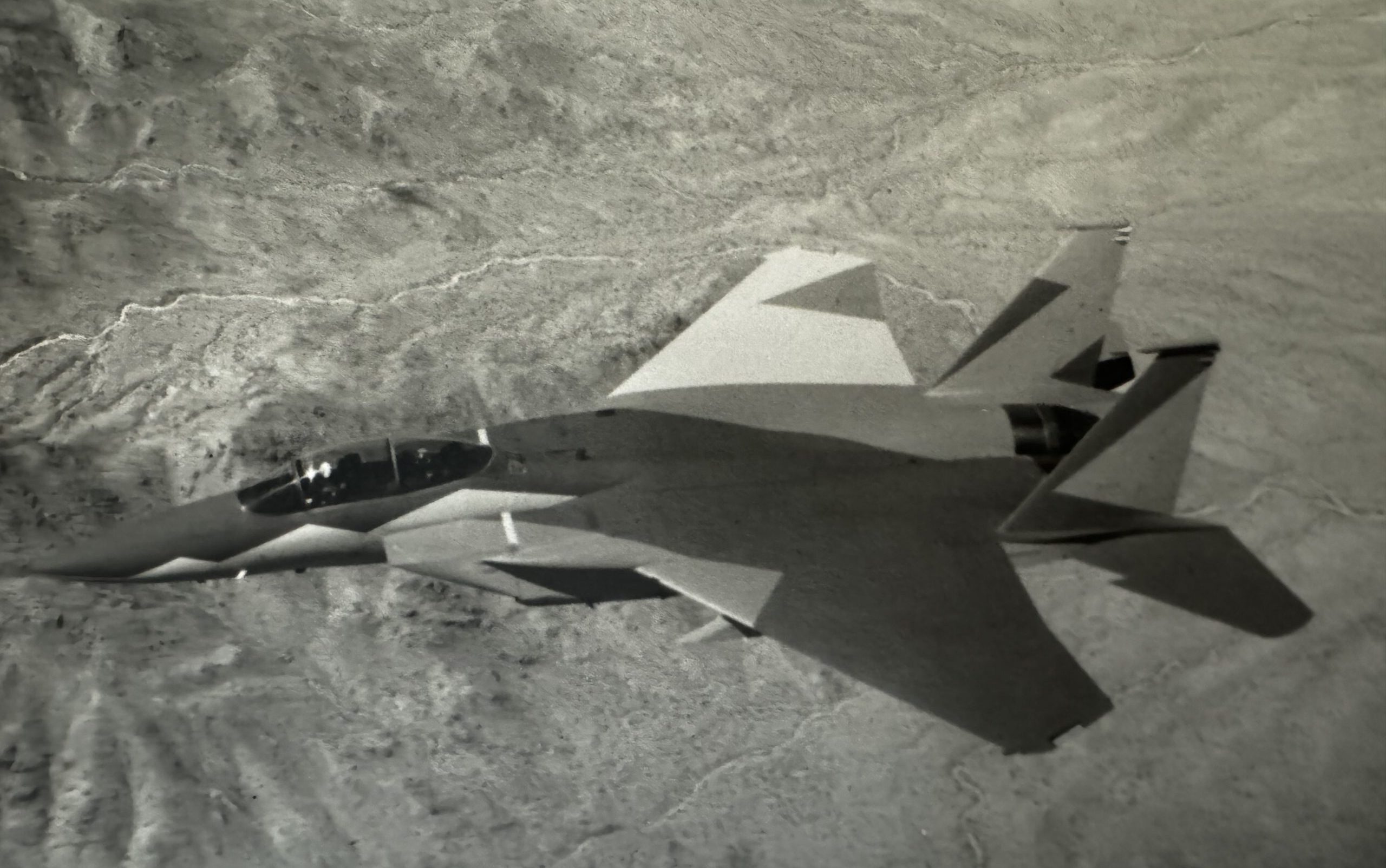
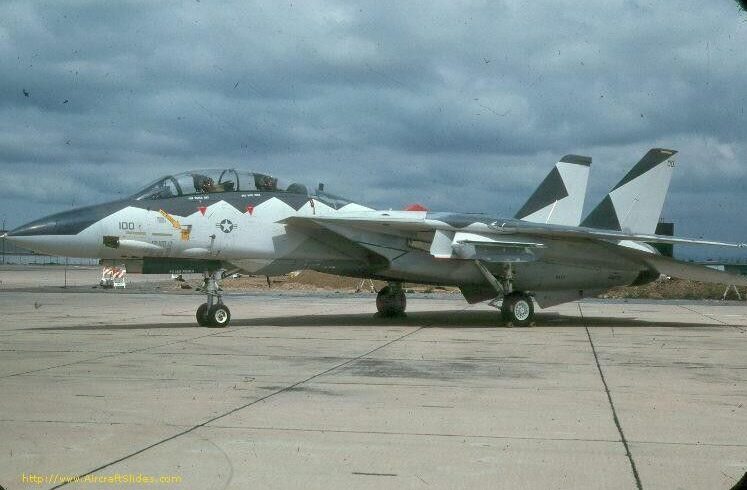
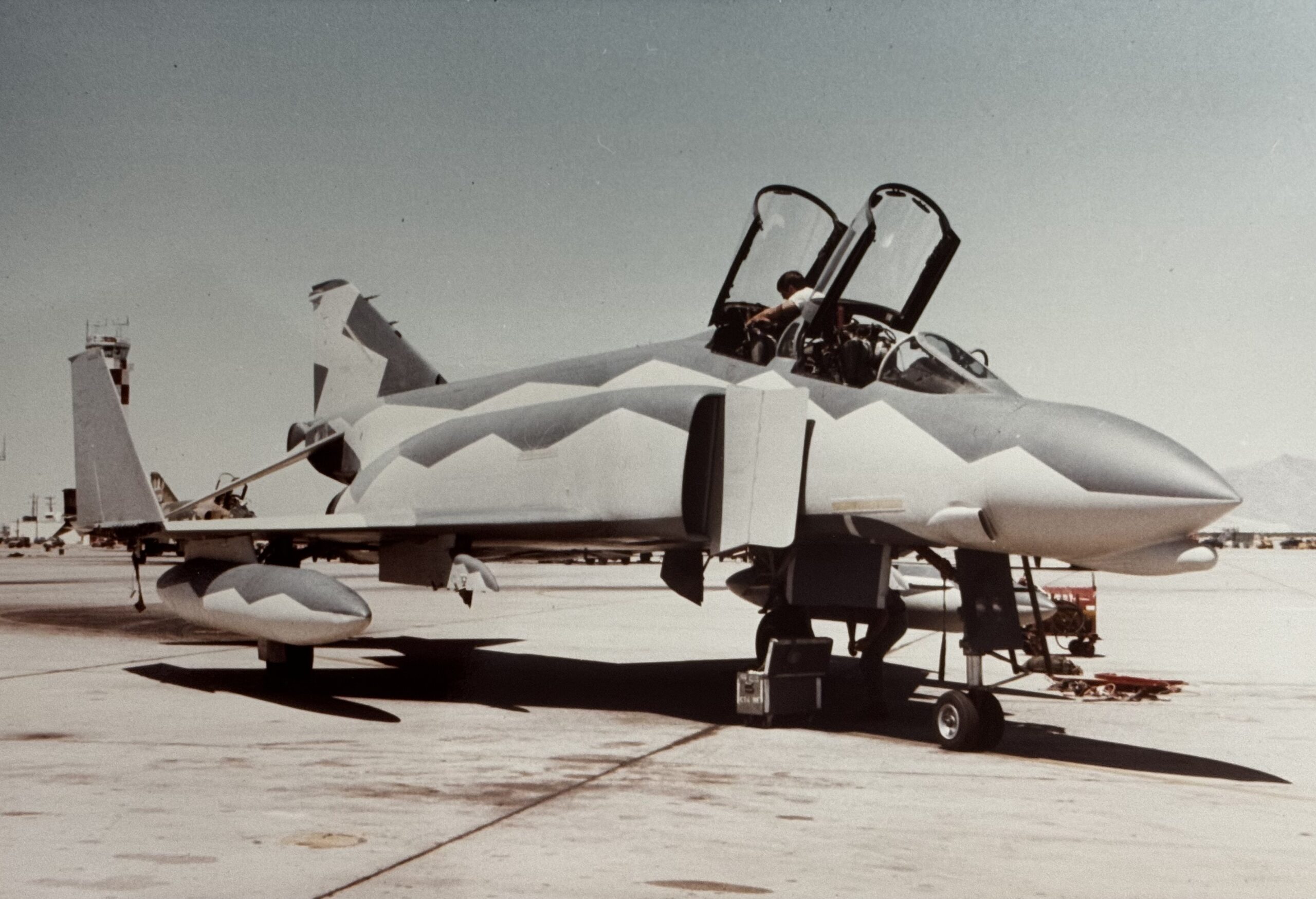
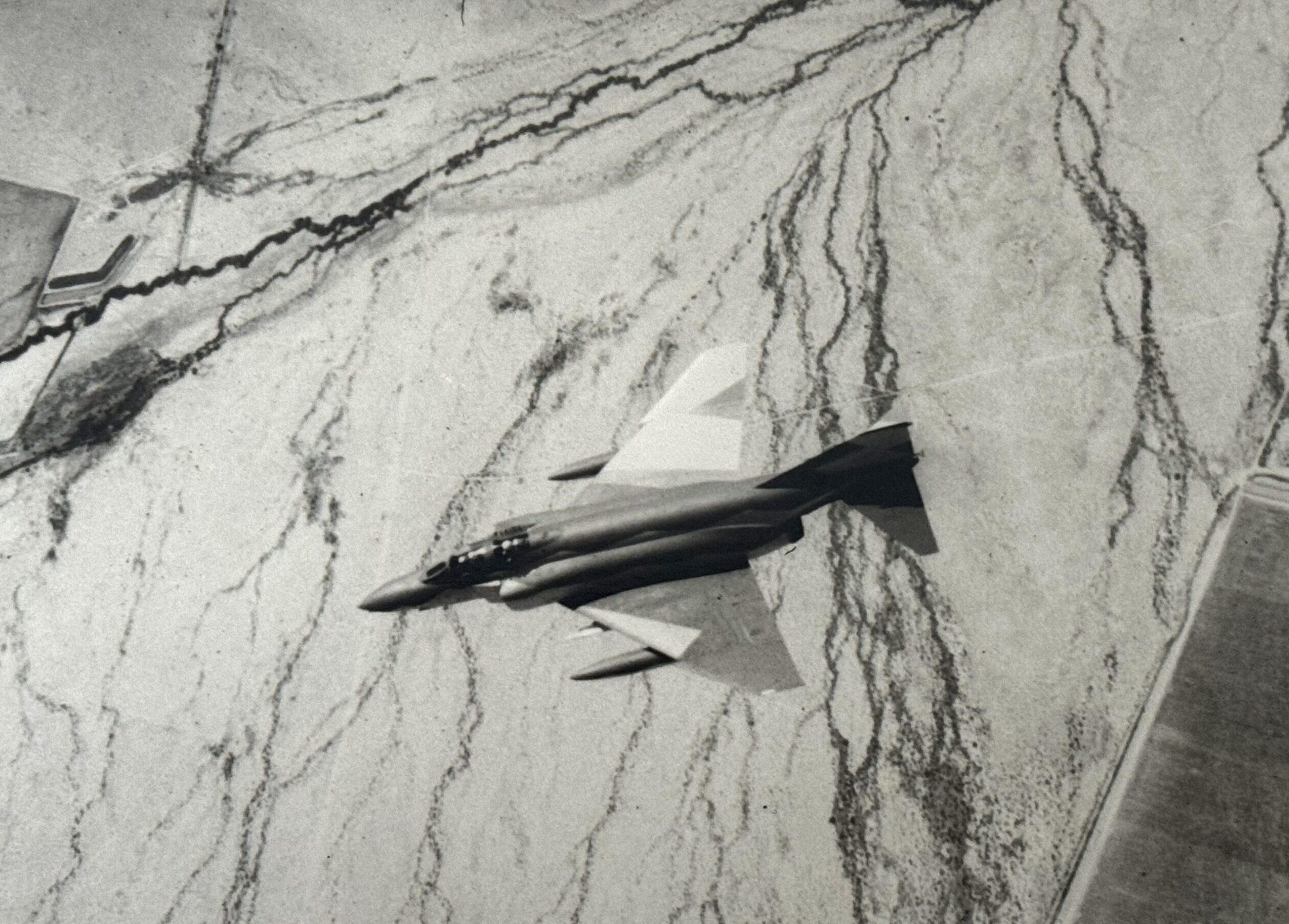

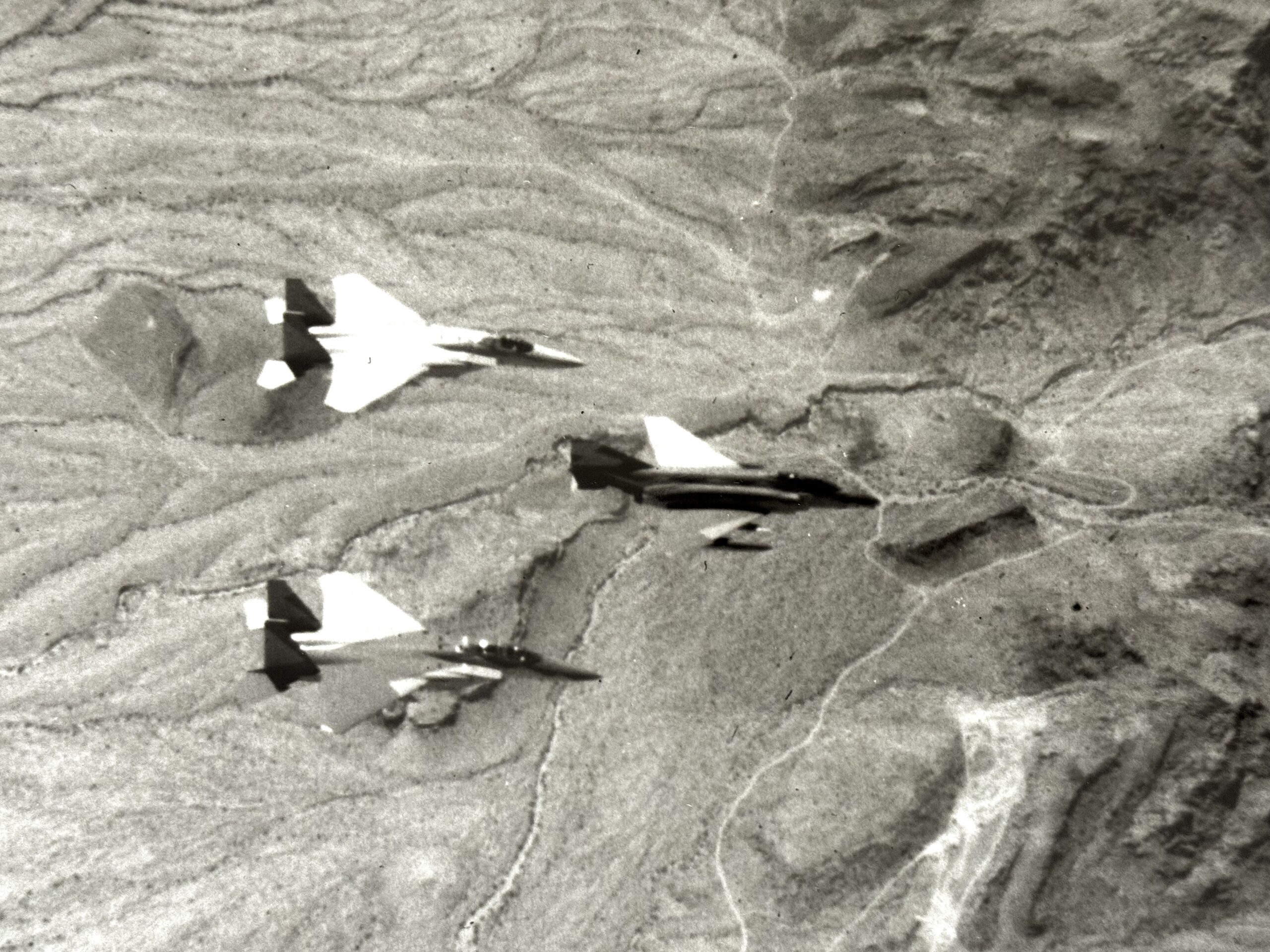


The Ferris Paint Scheme was tested on a several F-14 Tomcats from squadrons like VF-111 (the “Sundowners”) around 1978–1980 with promising results. The paint was applied in a way that emphasized asymmetry and irregularity, avoiding predictable repetition that could aid enemy visual recognition. In the image to the right you can see the Ferris F-14 on the deck of the USS Franklin D Roosevelt aircraft carrier.
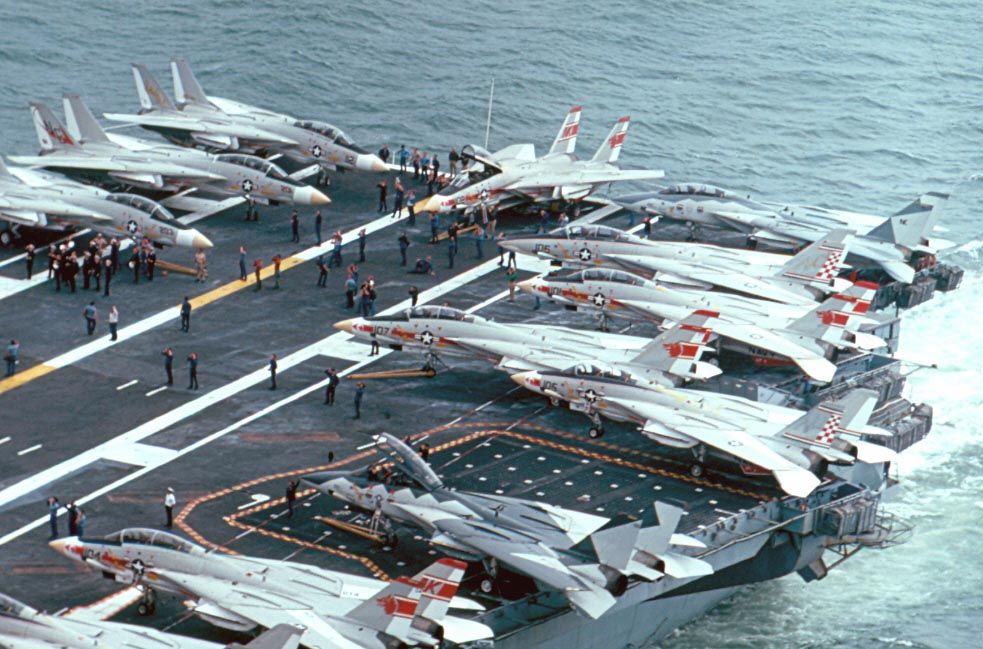
Ferris Paint System on the F-14 Tom Cat
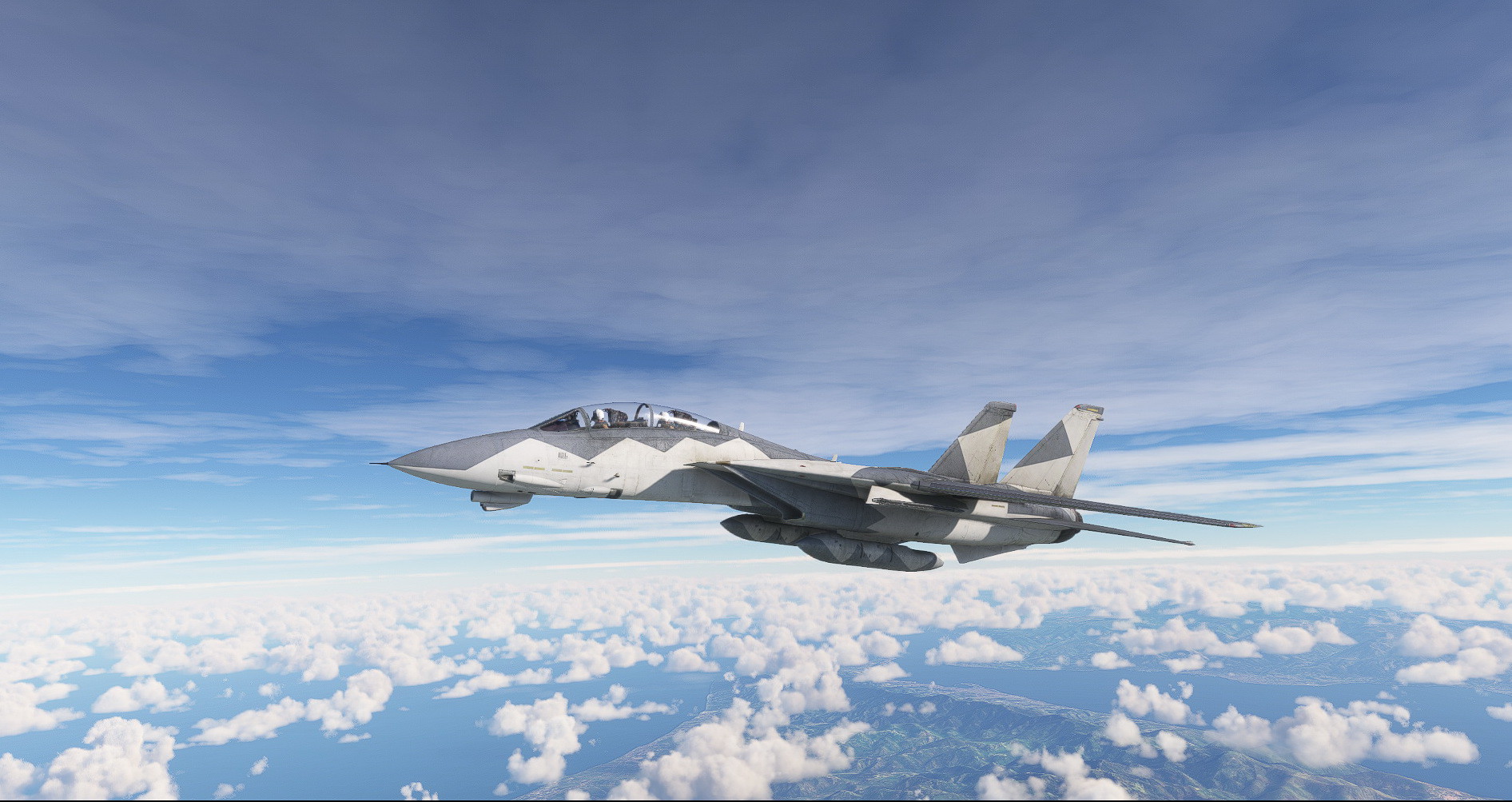

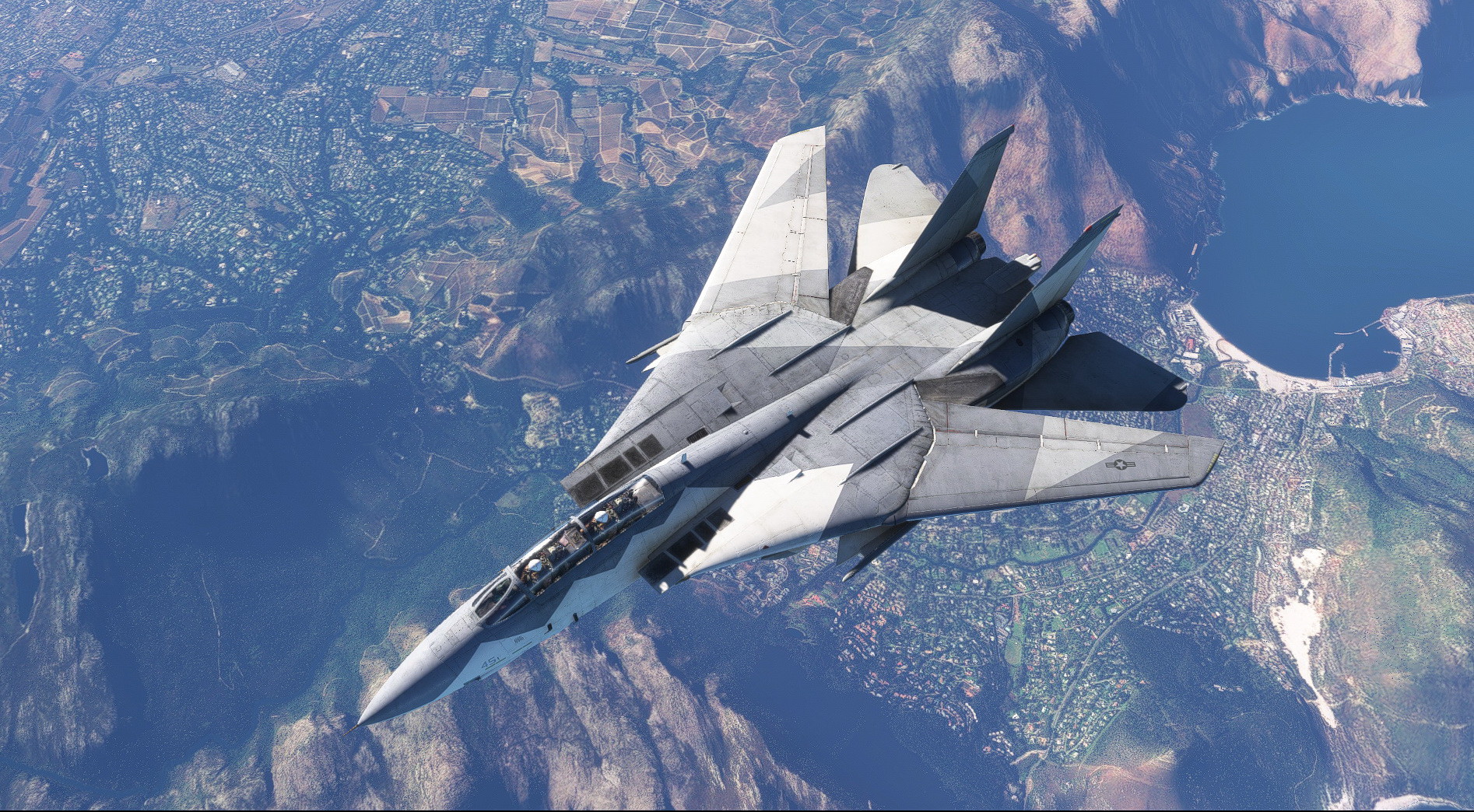
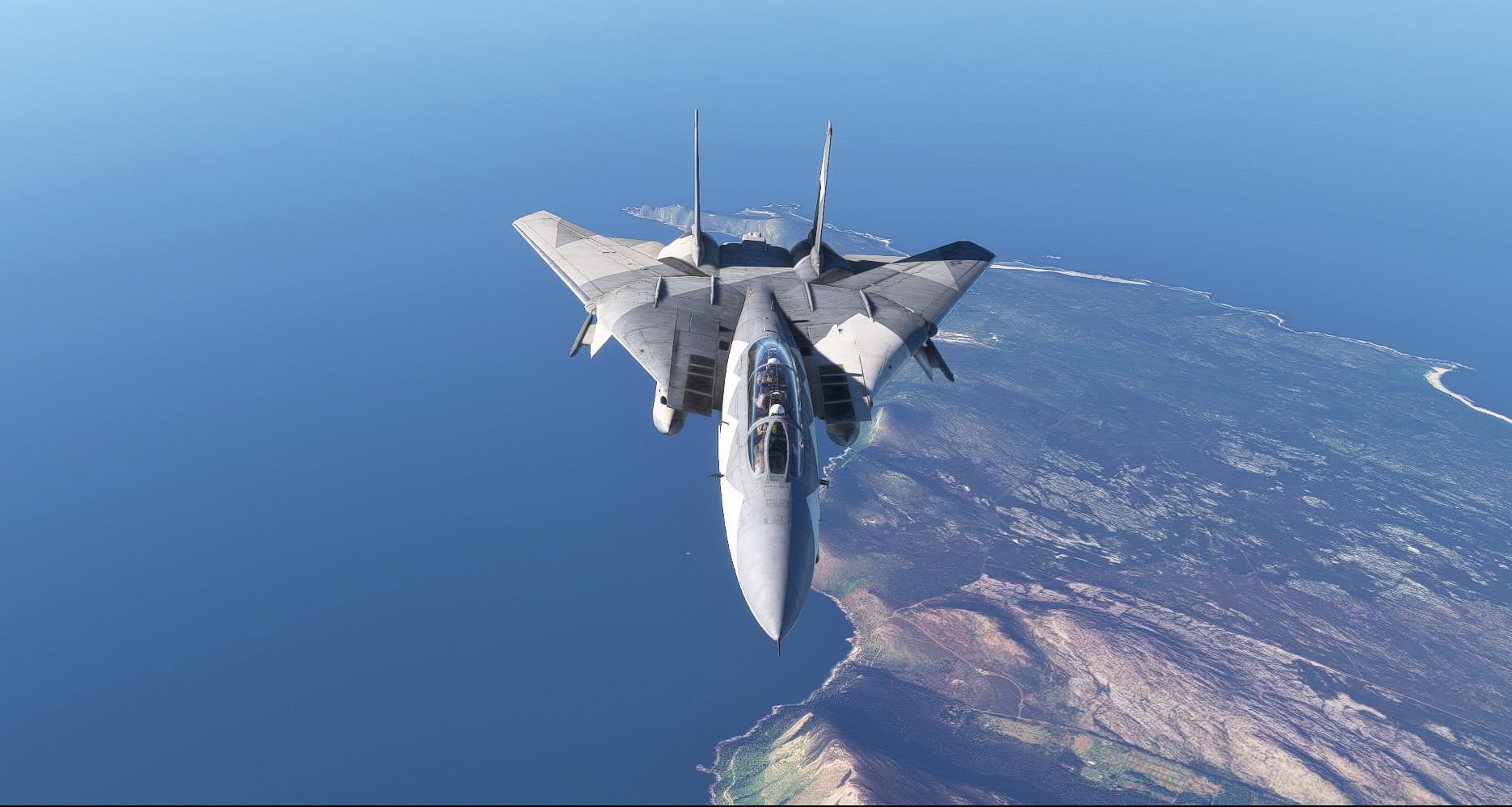
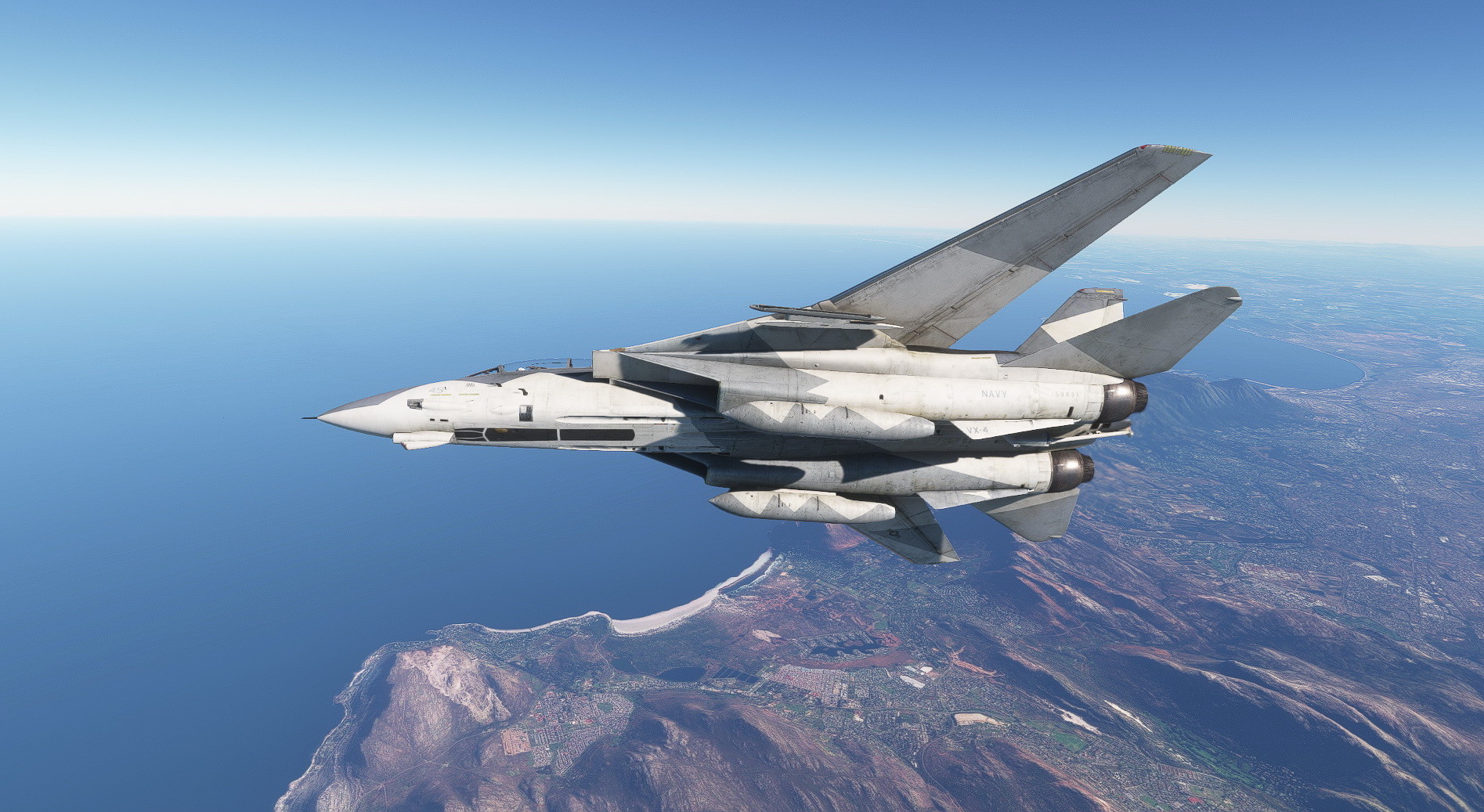
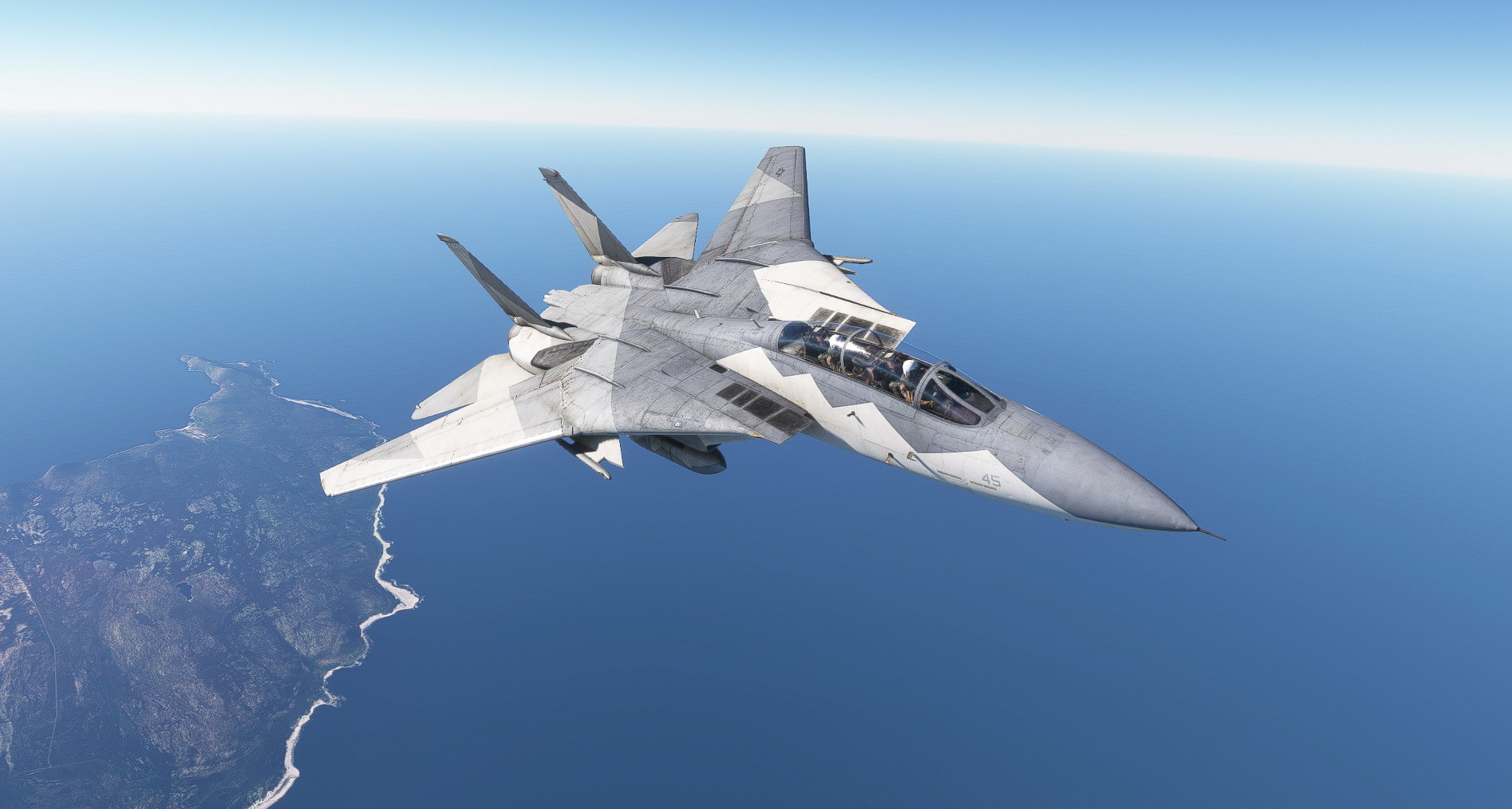
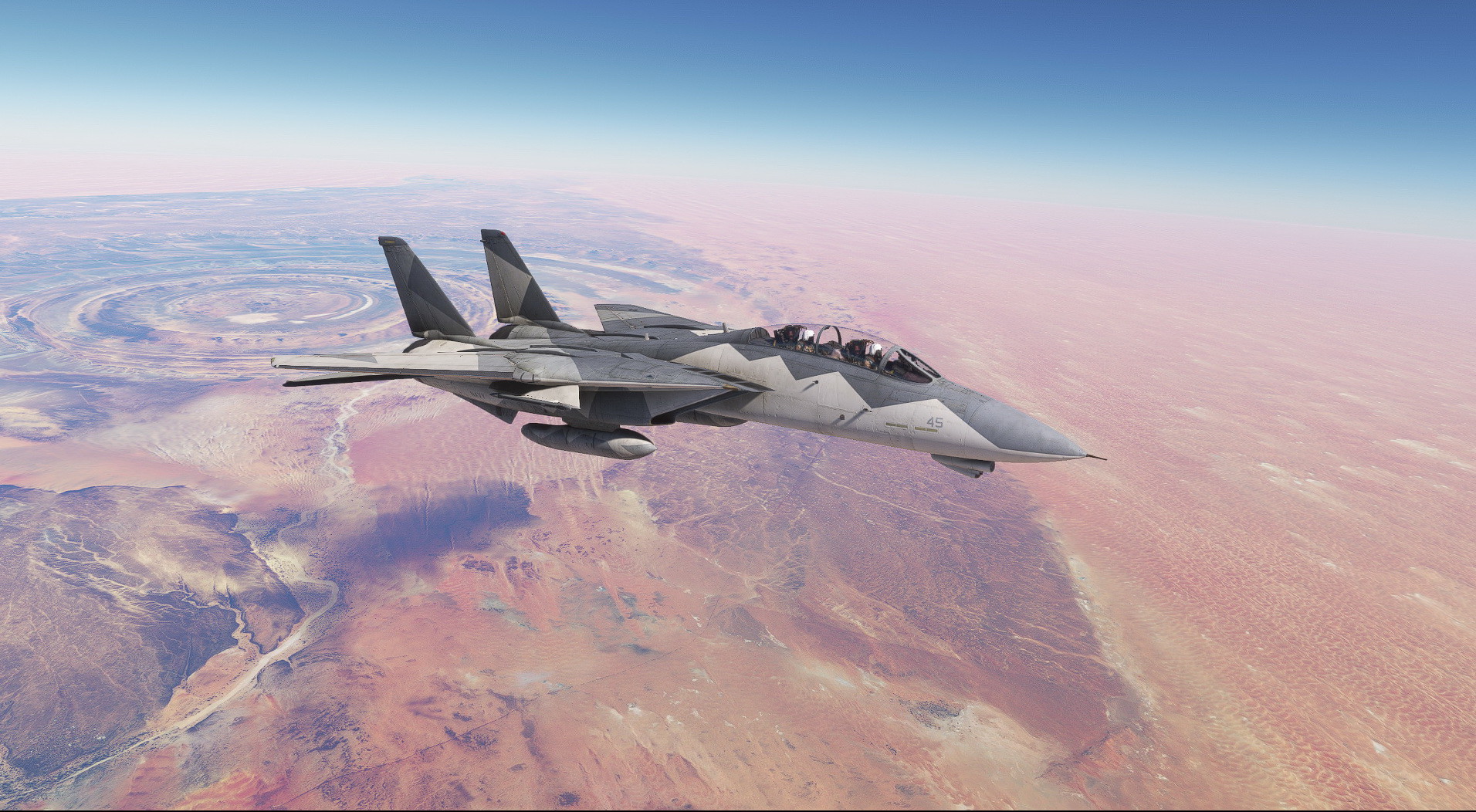
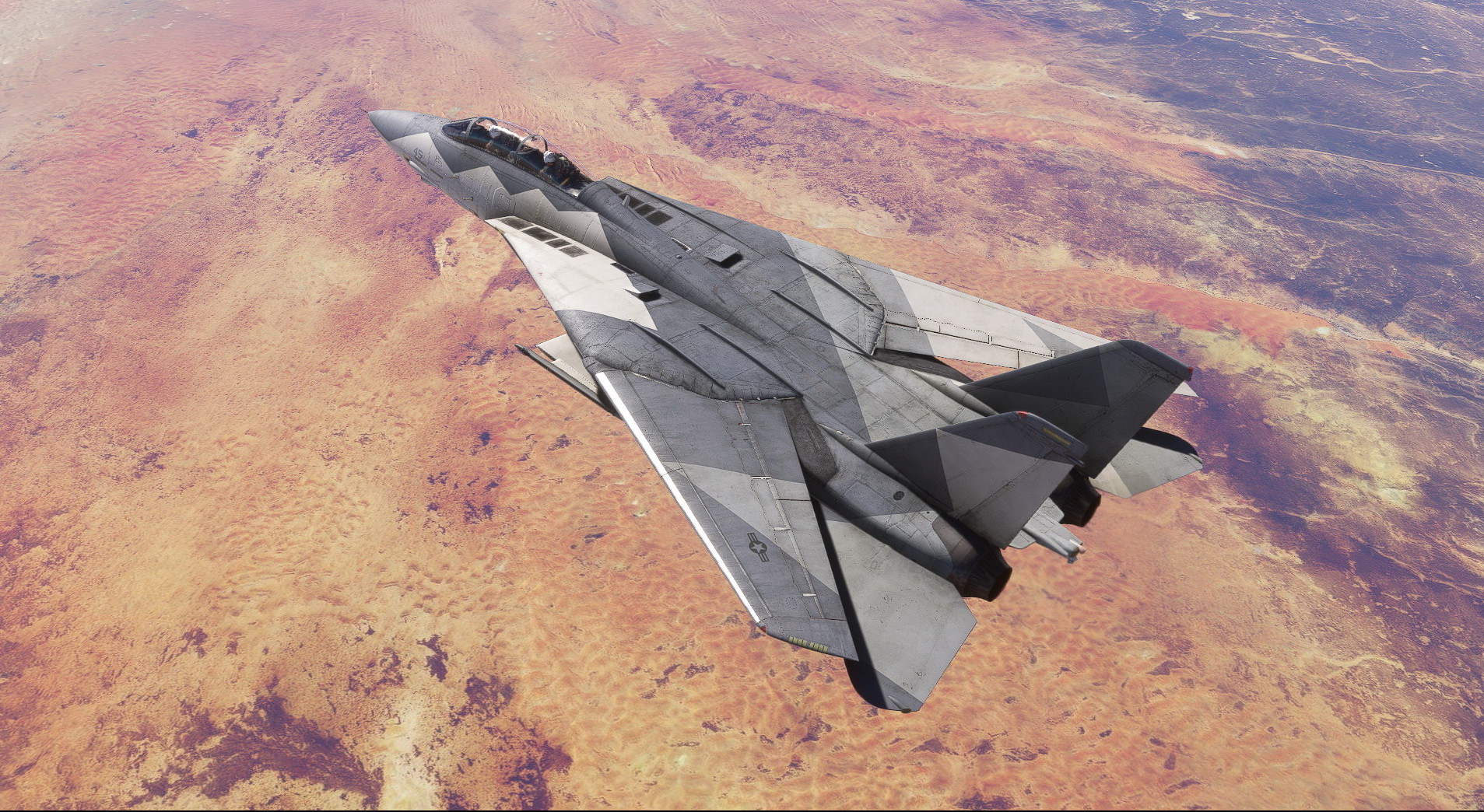
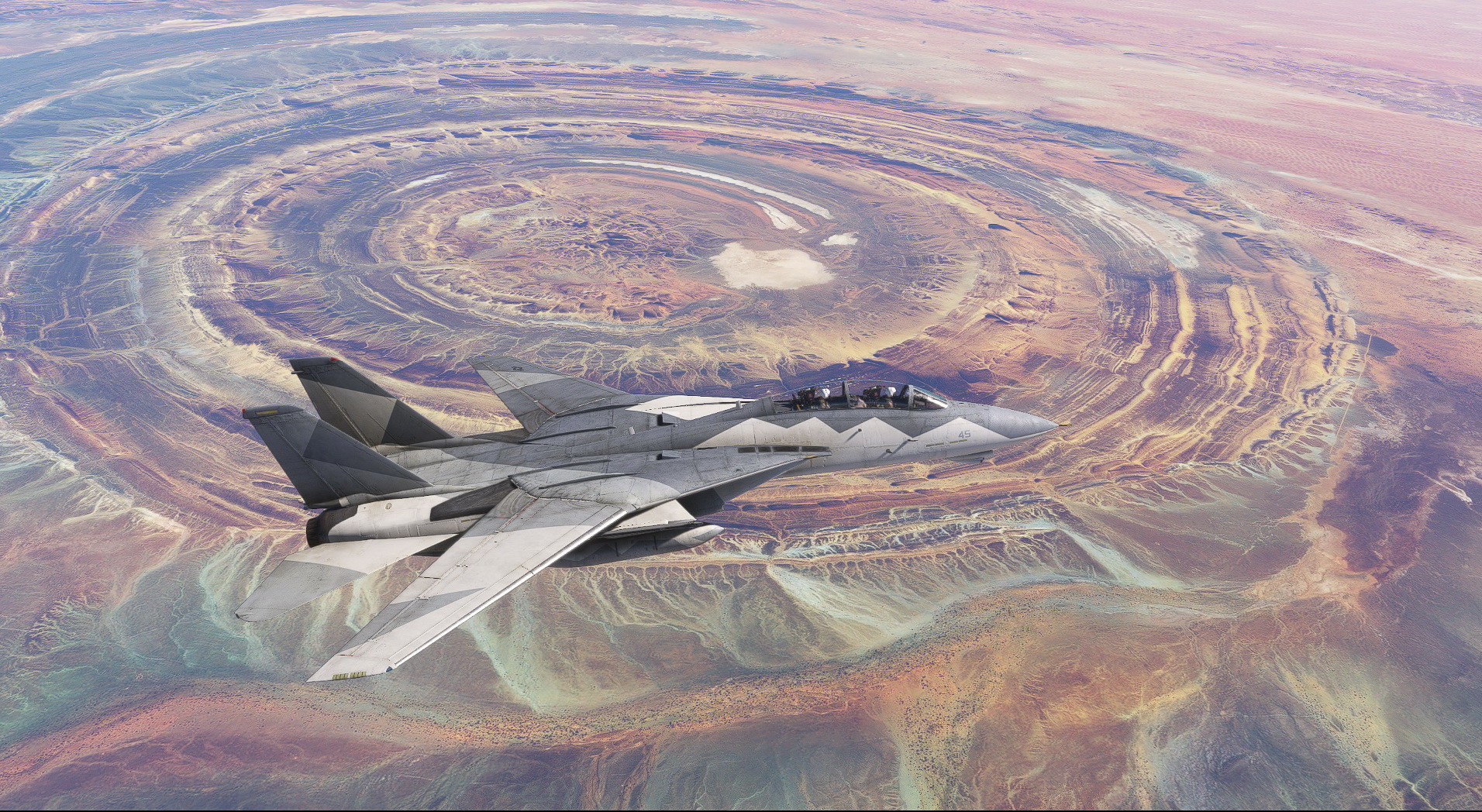
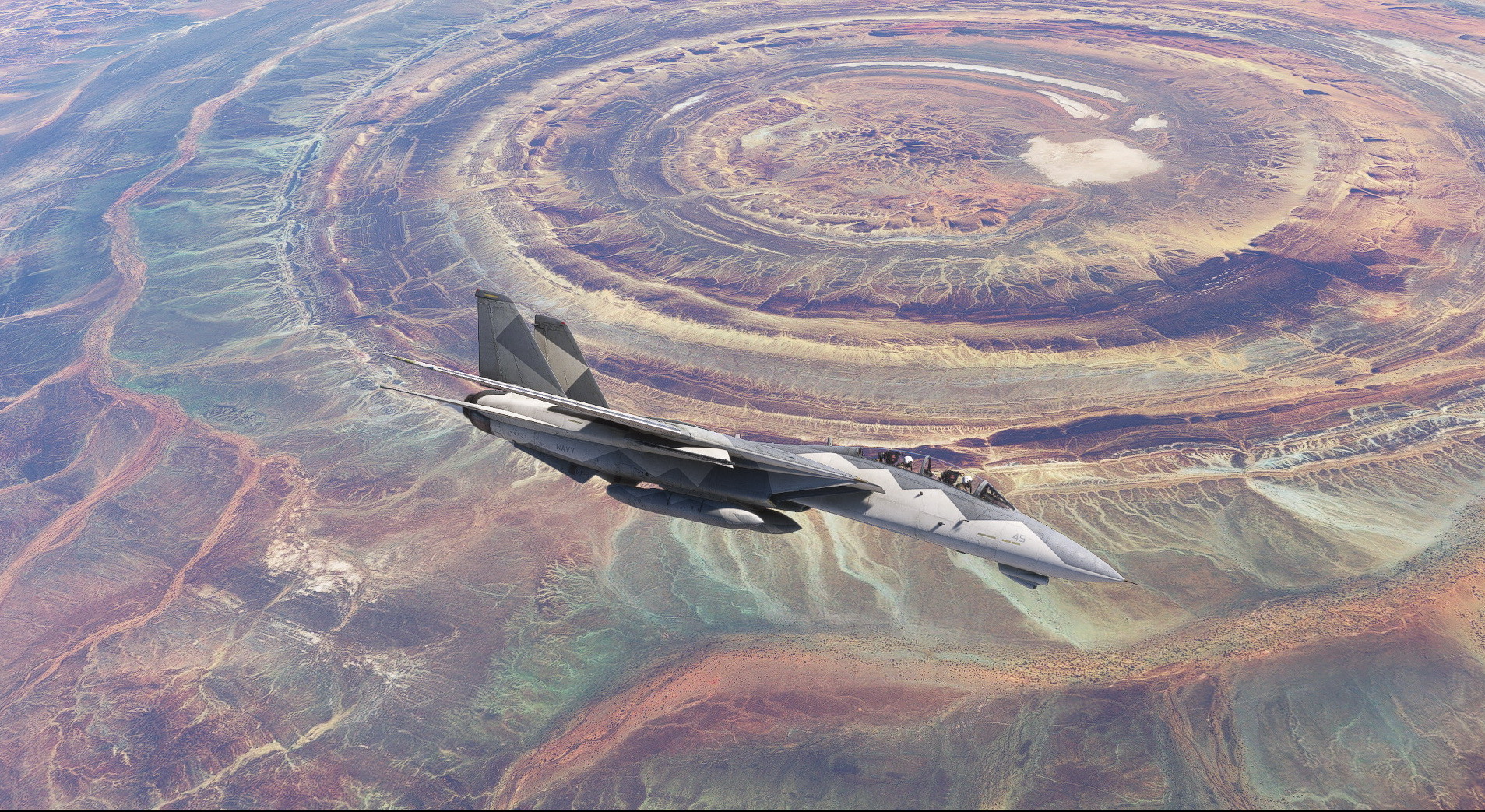

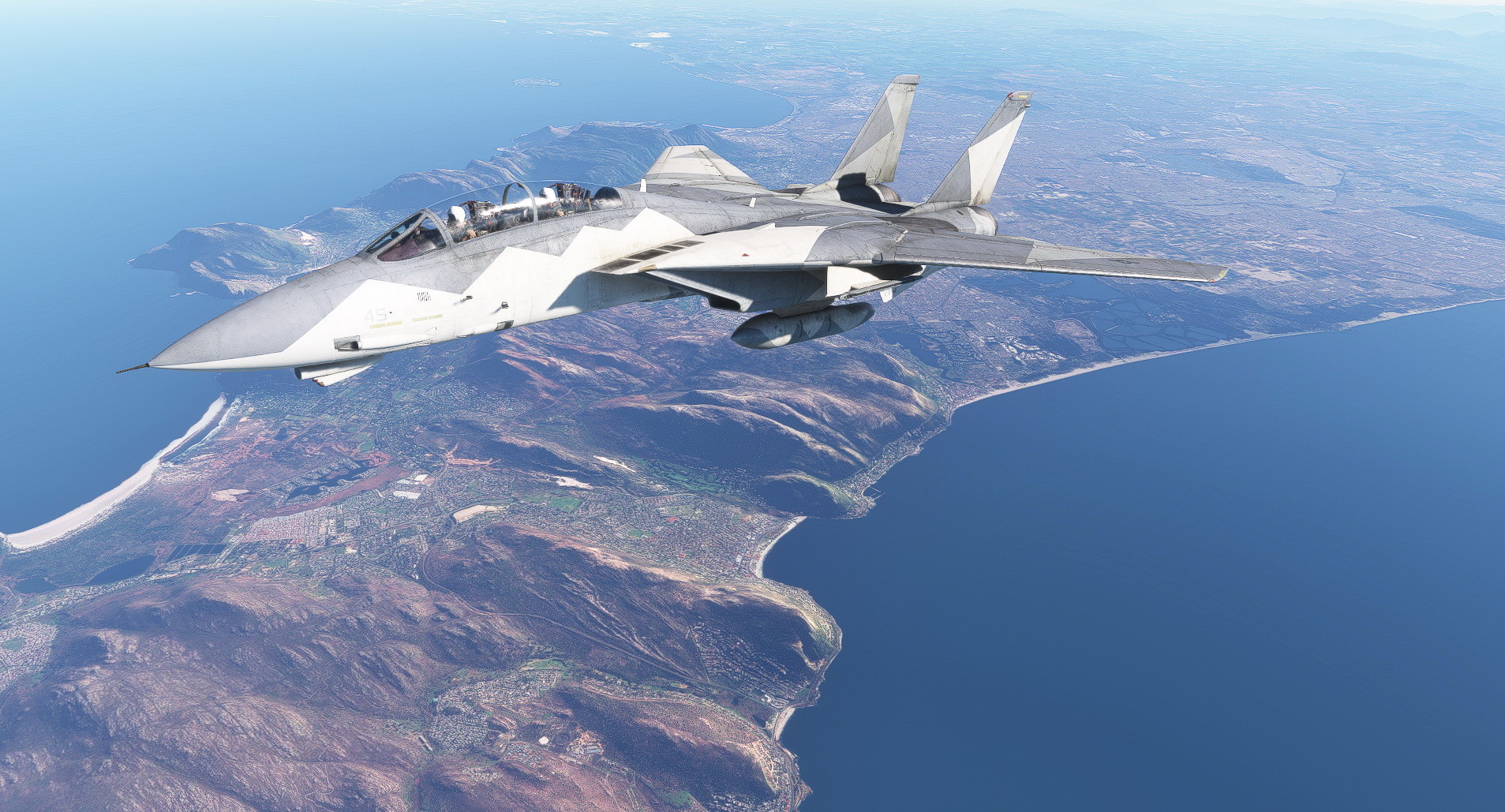
To read the Ferris Paint System Patents click on the image
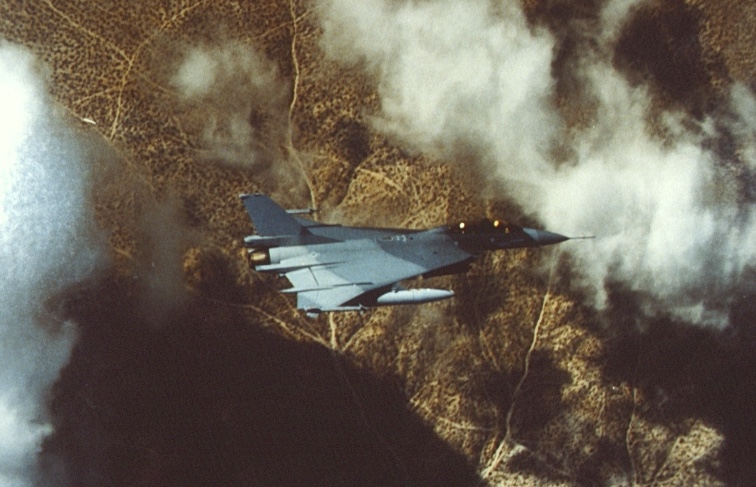
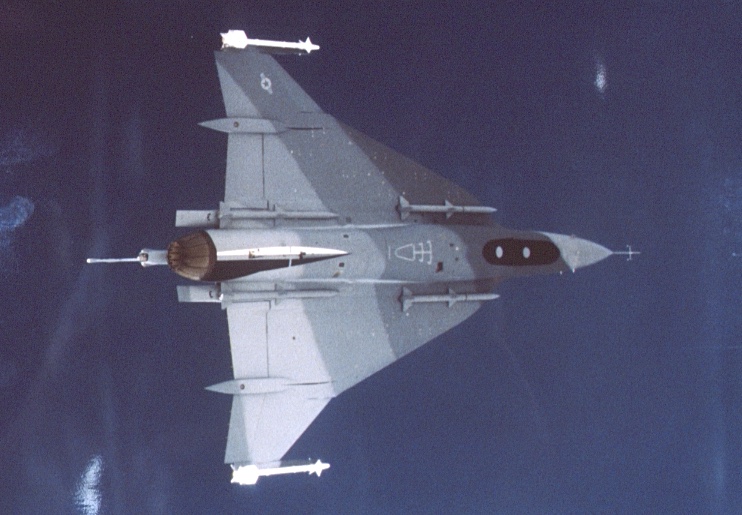
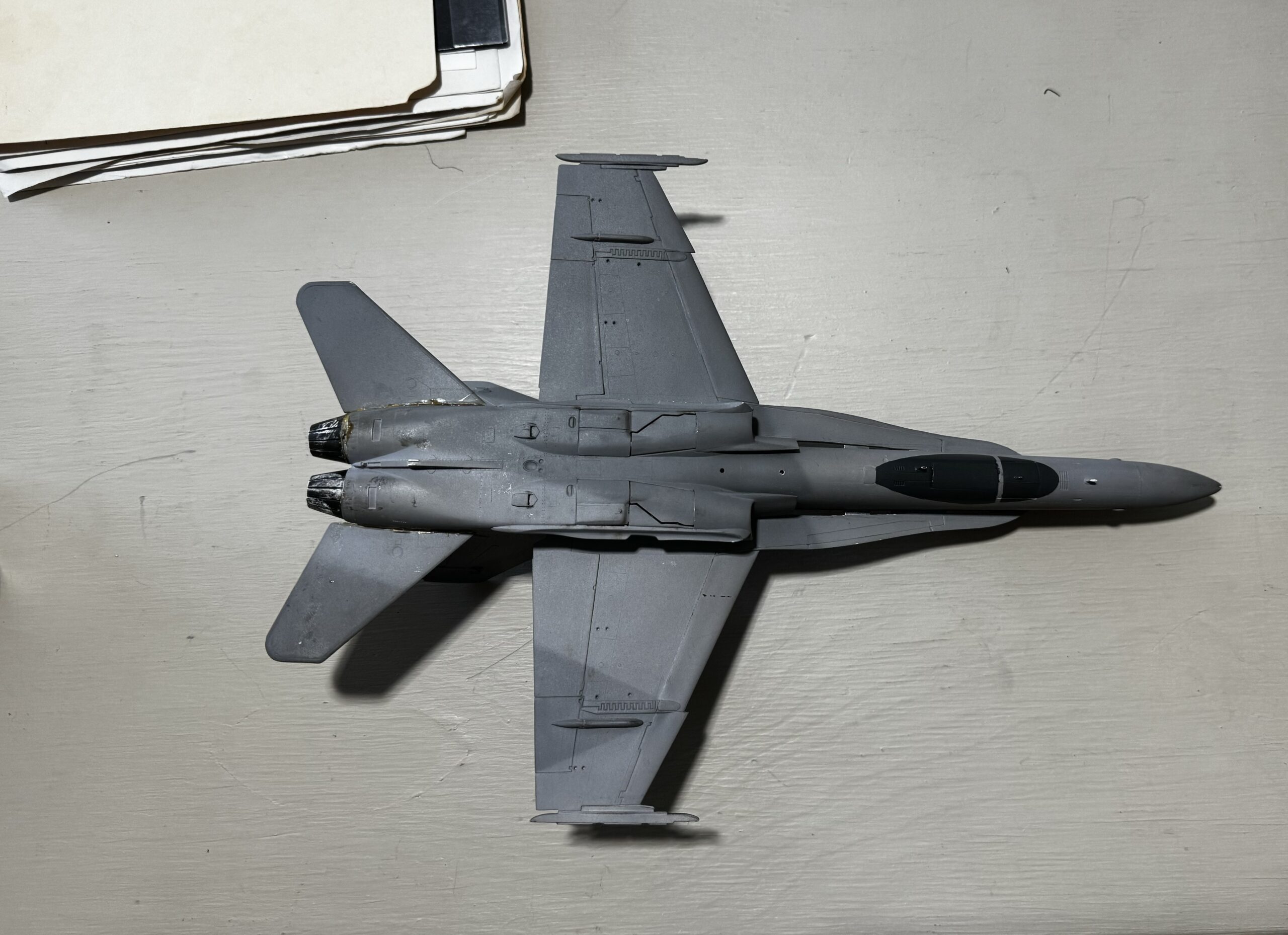
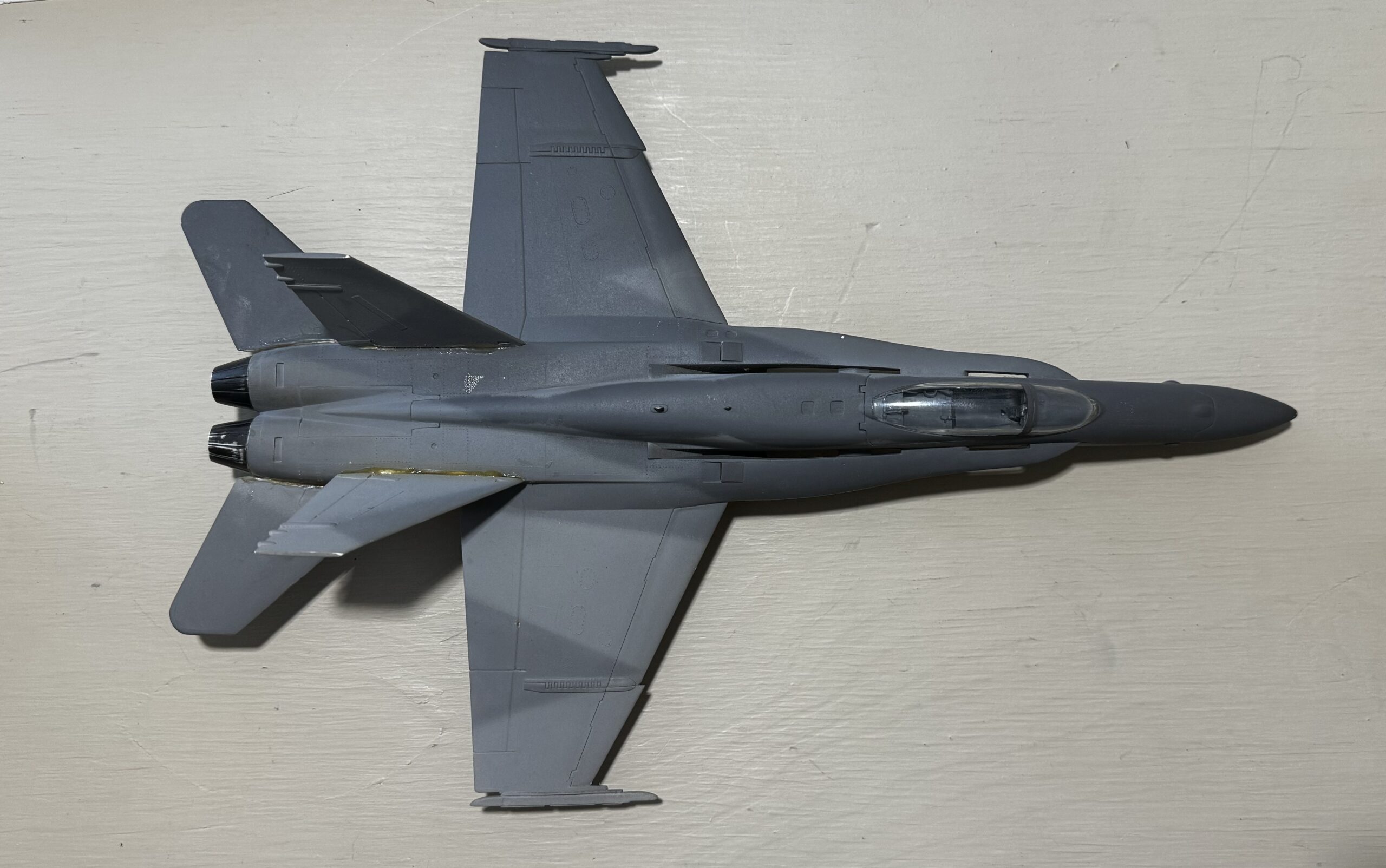

The FBI Surveillance Aircraft with the Ferris Paint System
HEATER-FERRIS CAMOUFLAGE
Tested by the US Navy and Air Force during the 70s and 80s, the Ferris and Heater-Ferris schemes sought to optimize the effectiveness of visual camouflage during aerial engagements. Seeking to combine his knowledge of aircraft and his artistic talent, Ferris went on to develop and patent several camouflage ideas, including painting a false canopy on the bottom of an aircraft to confuse opponents, and another involving asymmetrical, splintered patterns of gray. Another change was reducing the size of aircraft marking, as well as making them gray, black or white.
Later, Lt Commander Chuck "Heater" Heatley of the Naval Fighter Weapons School ("Top Gun") made some changes to the basic Ferris scheme, simplifying the pattern and running the various shades of grey across the entire aircraft. Two F-4S squadrons adopted the Heater-Ferris scheme, VF-301 ("Devil's Disciples") and VF-302 ("Stallions")

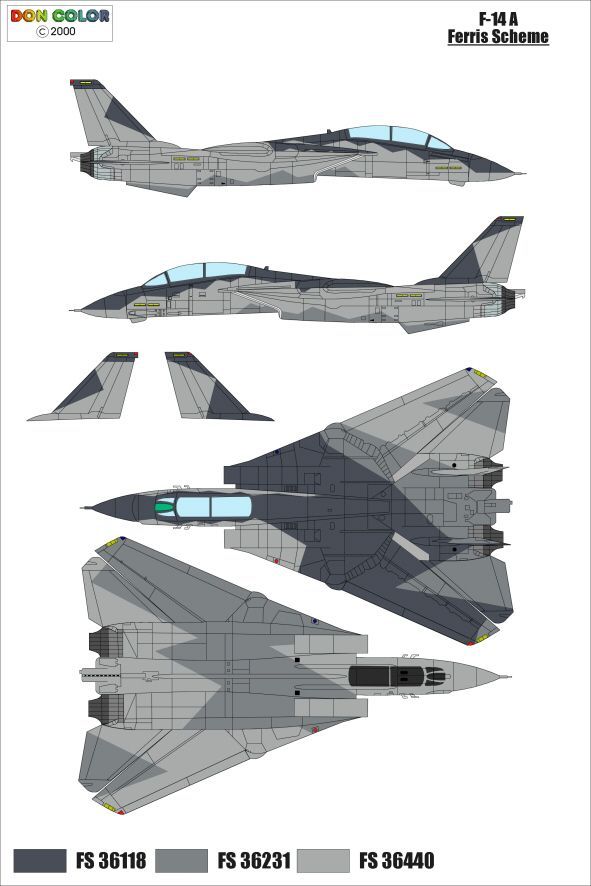
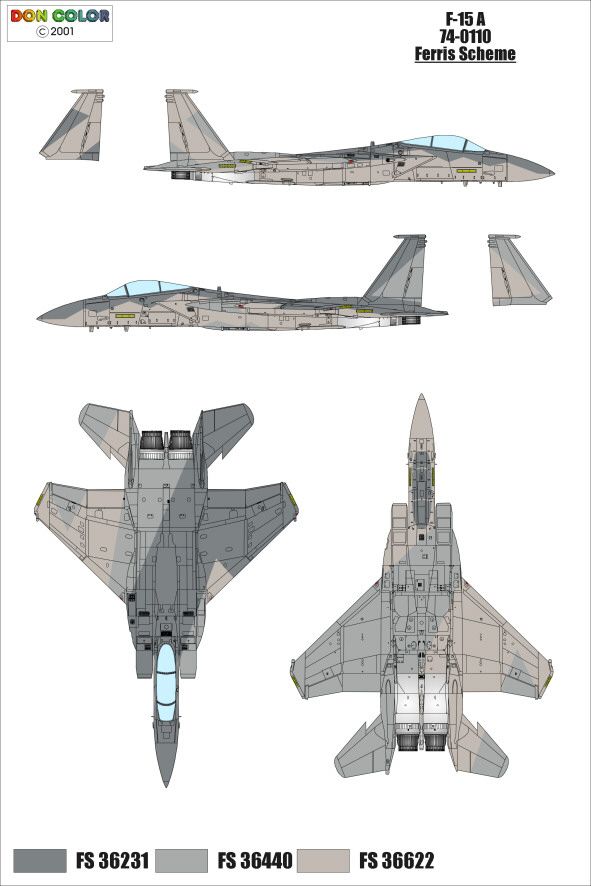
Experiments with the Ferris and Heater-Ferris schemes proved that they did work at reducing the range at which an aircraft could be seen, as well as disguising the direction of travel, but the usefulness of visual camouflage was being deemphasized in an age of radar guided BVR missiles, although the F-15 and F-16 have worn other paint schemes over the years influenced by the Ferris Paint Schemes.
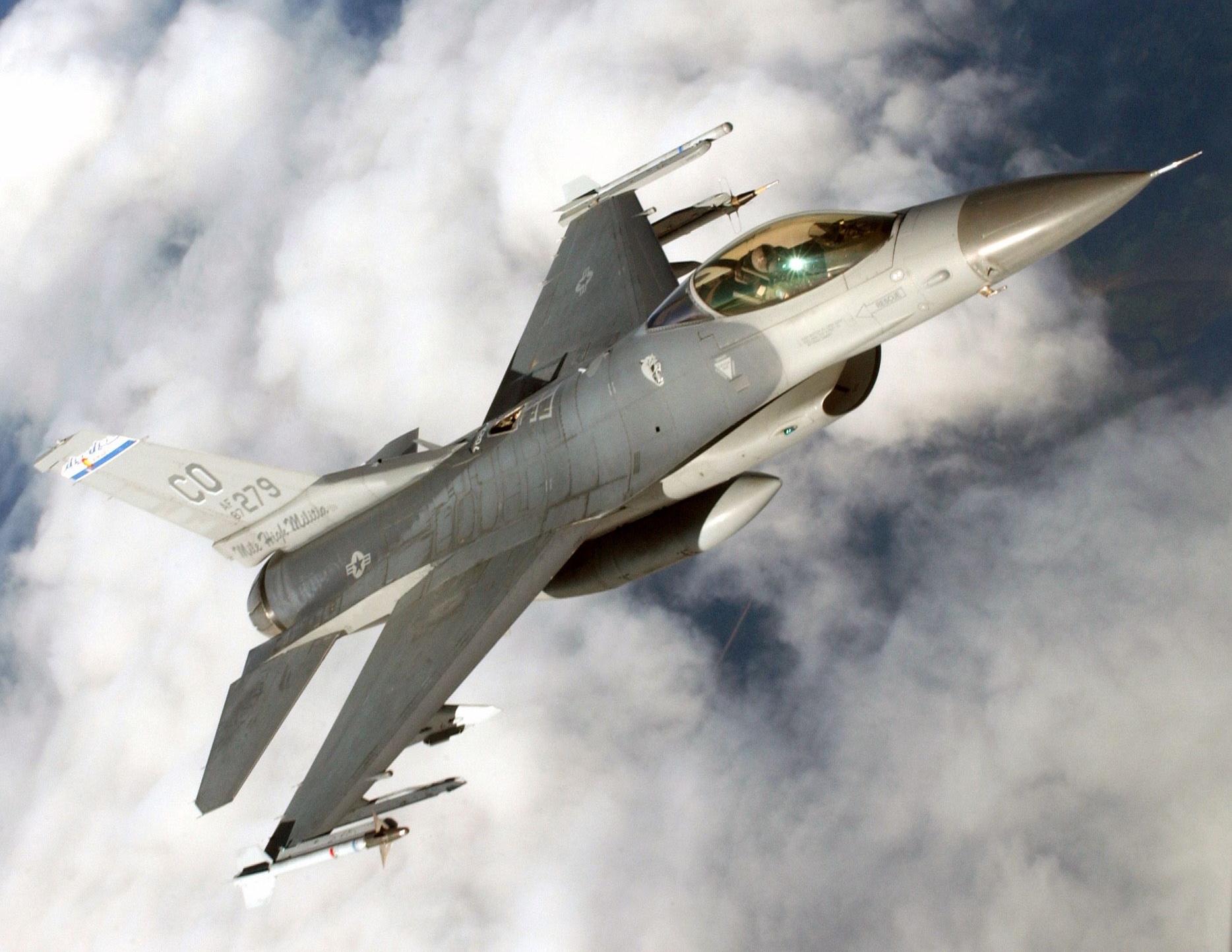
Ferris Heater F-16

In the Spring of 1976 Kieth published an article in the Navy's Fighter Weapons School publication titled "Nickel on the Grass" appearing in the once Confidential Topgun Journal. Keith's dear friend Moody Suter, former chief of the air-to-air combat section of the 414th Fighter Weapons Squadron at Nellis AFB, once told my dad, "Beating the shit out of dirt is for technicians ....... Air Fighting is for the artist!" As an aviation artist who had spent the better part of 25 years flying while documenting military aviation with his paint brush and canvas, my dad couldn't agree more - Air-to-Air is for artist.
When Moody was briefing down at TAC and we were getting ready with the RED FLAG unit, Moody and I went down to brief paint schemes. We briefed Charlie Gabriel, who was the DO of TAC at the time. So I was running my paint scheme briefing and a note was handed to me that General Dixon wrote. The note said, “Keith, I understand you’re briefing my generals. What’s this all about? Come and see me.” A typical Dixon note! So when I finished with General Gabriel I went in to see General Dixon. I let him know I was briefing deceptive paint schemes. He said, “Well, how about giving me the briefing?”
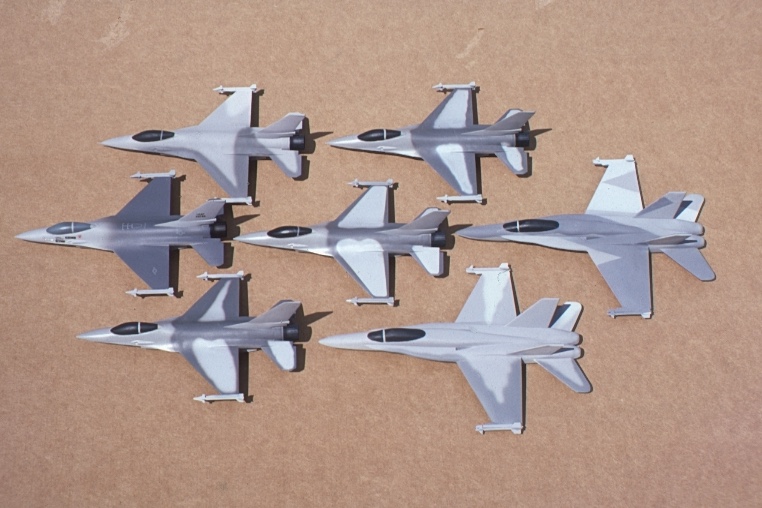
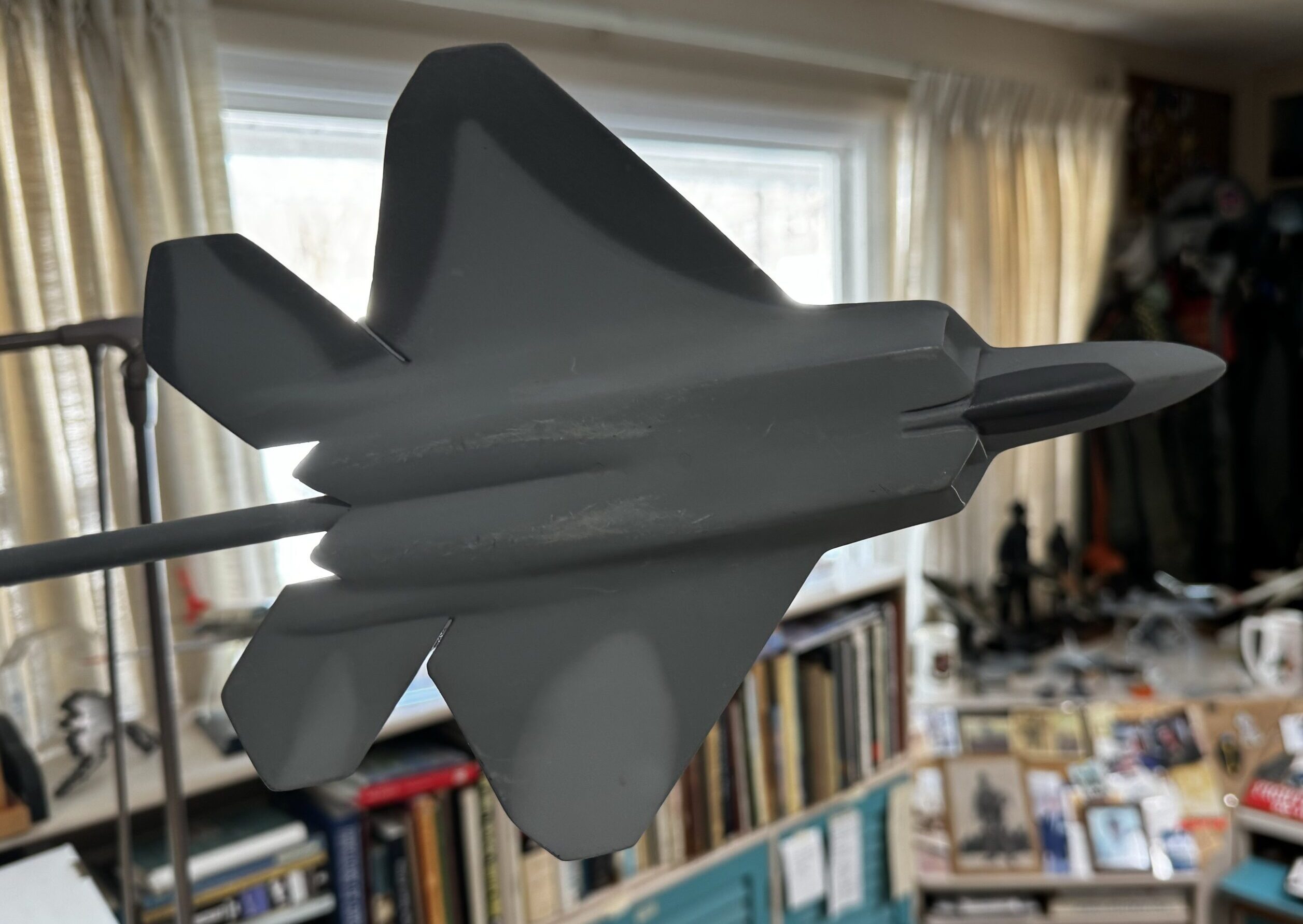
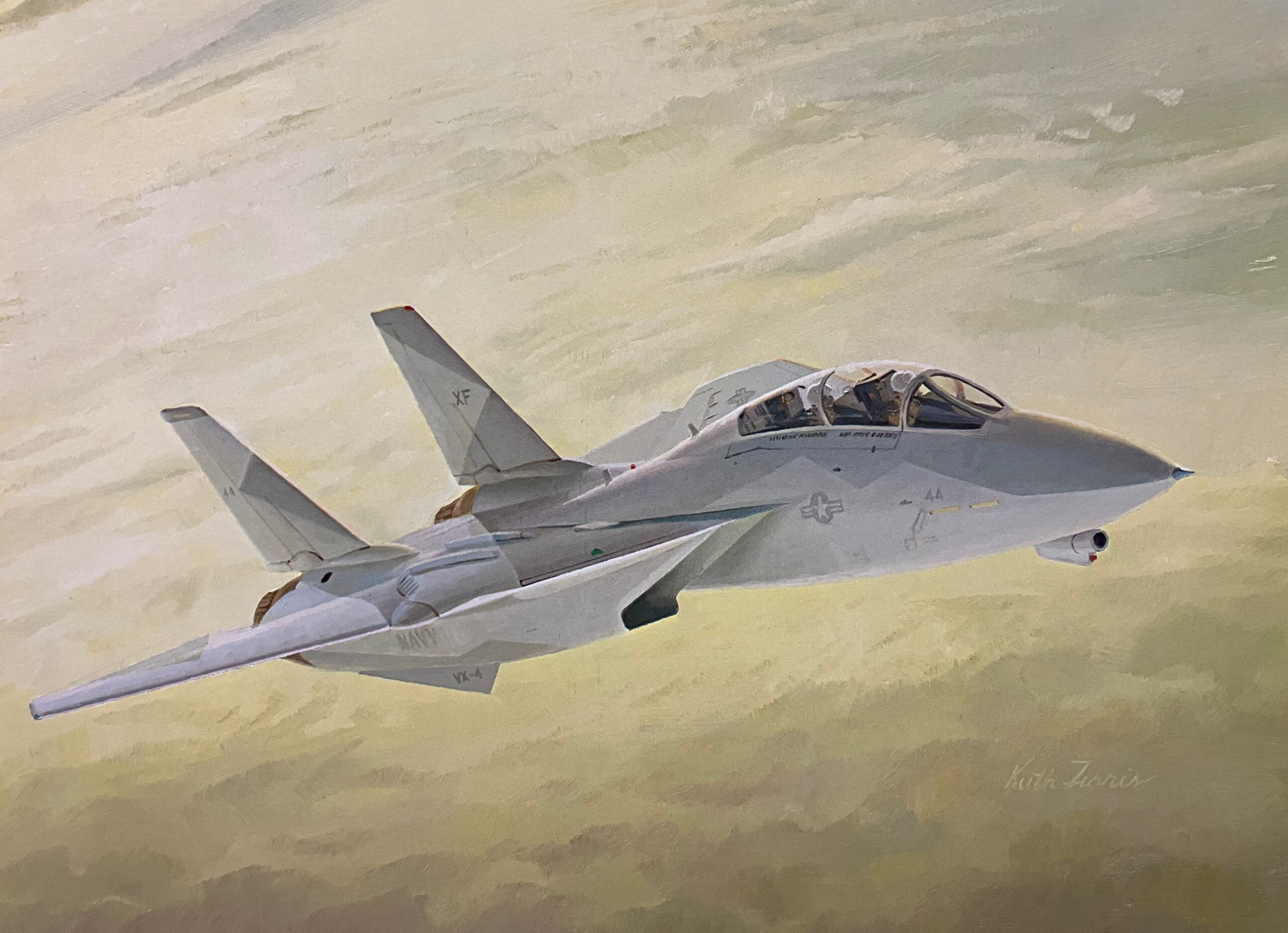
Keith's painting "The Ferris F-14 Tom Cat"

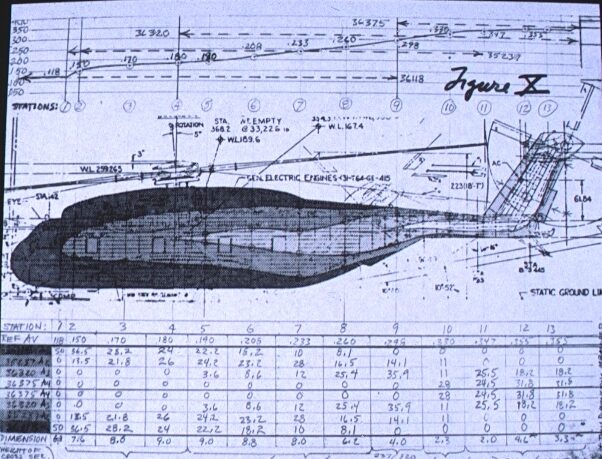
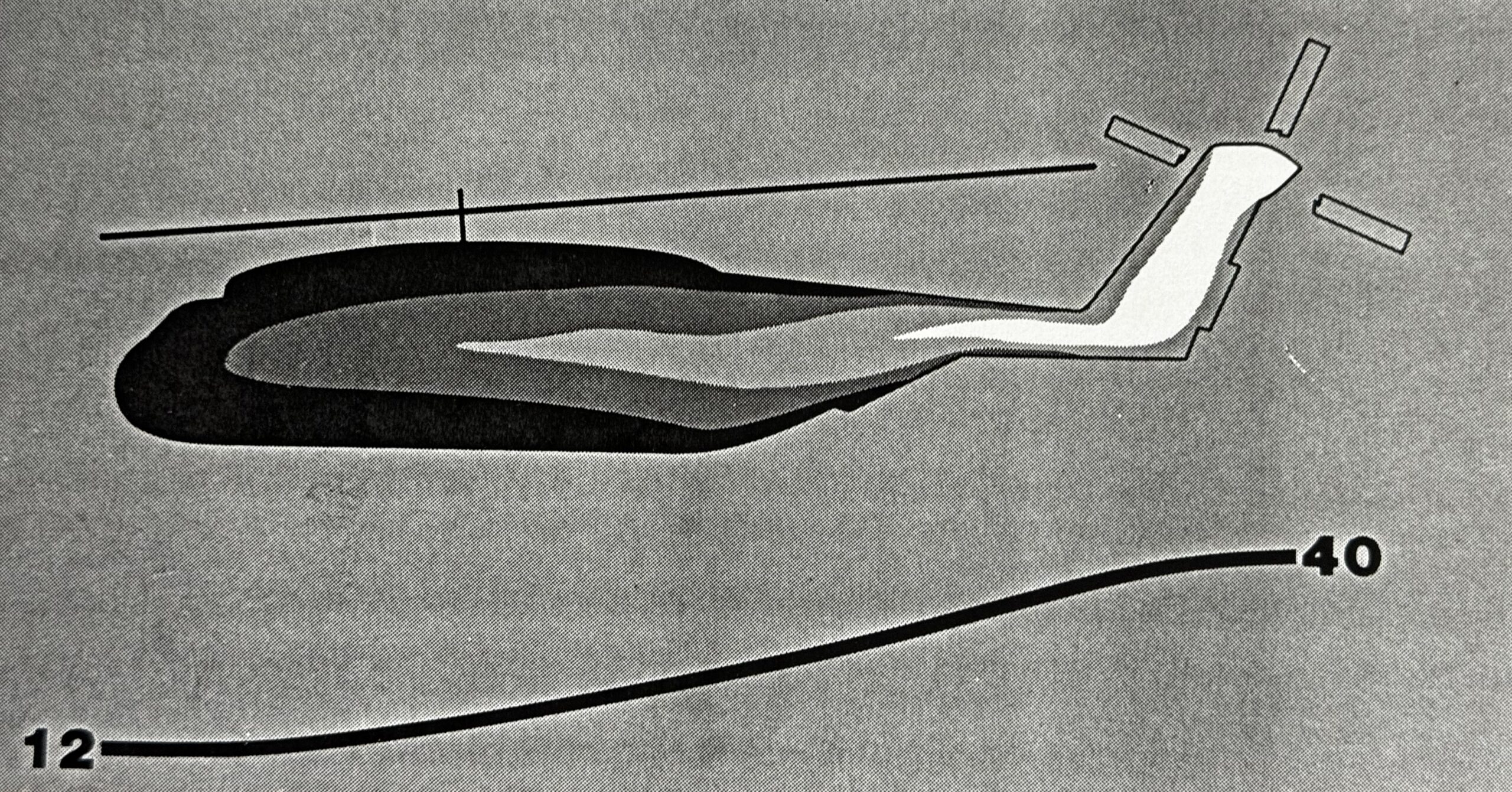
Ferris Paint Systems on a Helicopter
Two shades of Grey
Remember the days of those old large Red, White & Blue national insignia on our military aircraft? Ever wonder what happened? In the 1980 Keith recognized we no longer needed these large symbols of Air Superiority if we wanted to deceive our adversaries. He filed for a US Patent to change the color to better camouflage our aircraft. Today you will quickly recognize his influence on all US aircraft paint systems.
